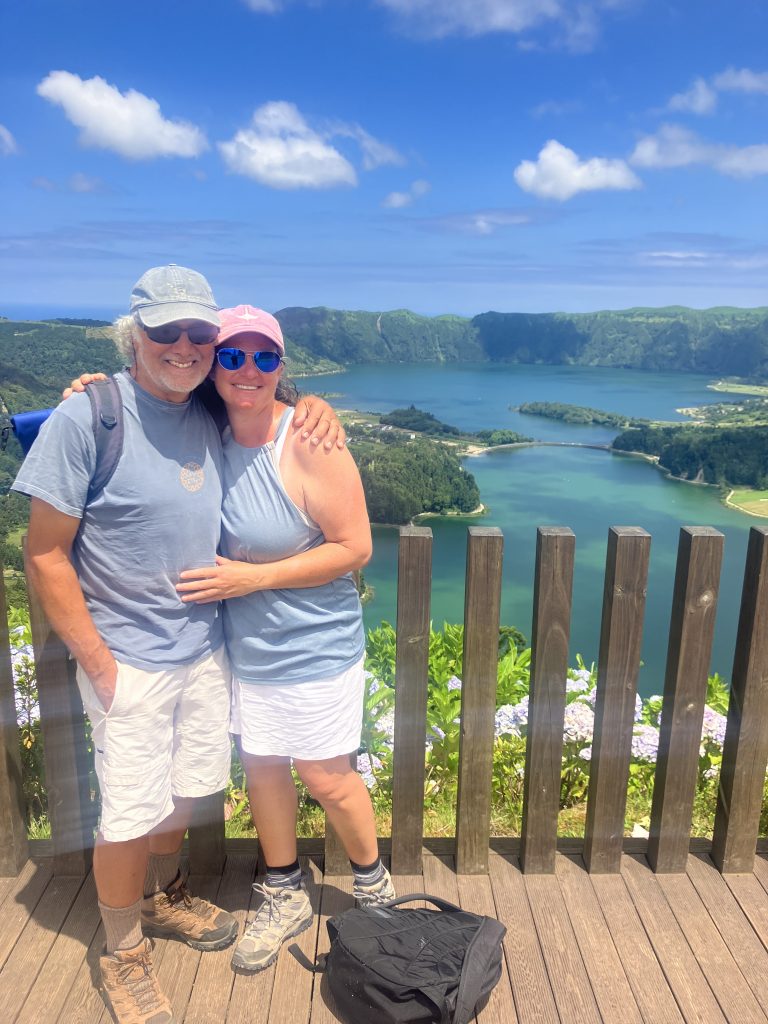
Sete Cidades was our first big excursion and we almost bailed because the weather looked awful. However, if there’s one thing we’ve learned here in the islands it’s that if the weather is bad where you are, just go to another part of the island. We hopped the local bus, and 90 minutes later we descended into the sunny village of Sete Cidades.
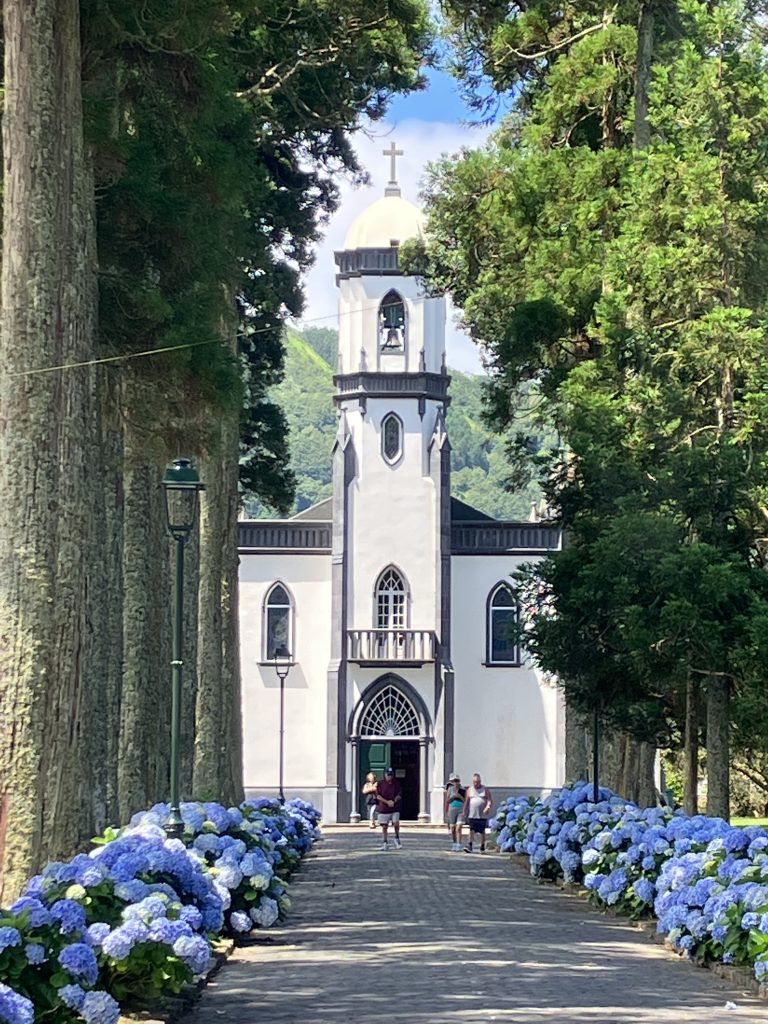
We walked around the blue lake and discovered Laranjada, a local fizzy non-alcoholic drink that is totally refreshing. We then managed to catch a cab with another couple heading up to one of the view points for only 10 euro. The couple was going further, so Trip was kind enough to pick up their cab fare since we had rather poached their cab (and cabs are very hard to come by in this remote part of the island).
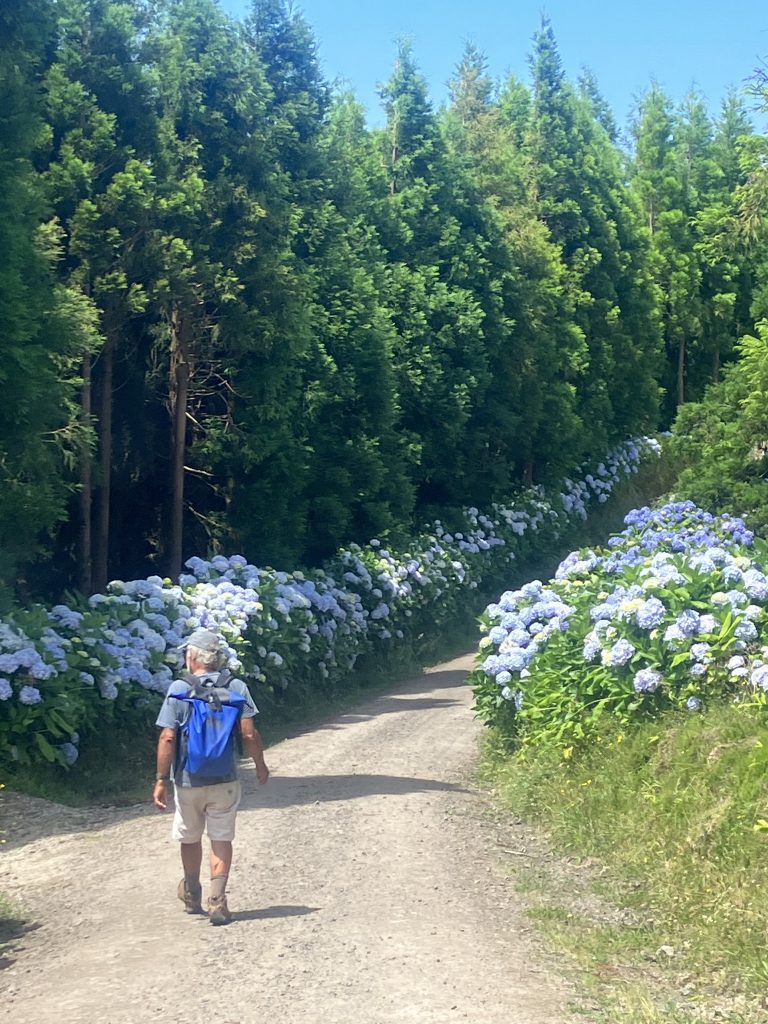
From the King’s Viewpoint, it’s a 7 kilometer hike around part of the crater’s rim and then back down into the village. The viewpoints were absolutely breathtaking – open ocean to your left and the crater interior to your right. Of course the obligatory Azorean cows and hydrangea were everywhere you looked.
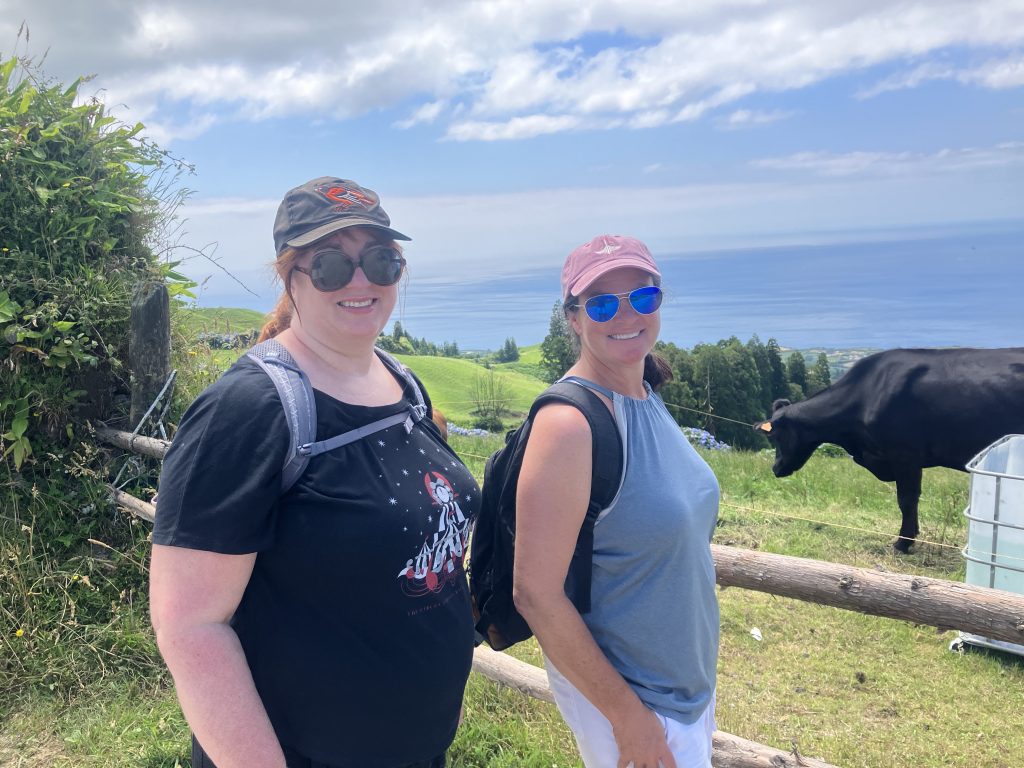
The bus ride home was a bit of a nightmare as way too many people boarded and it was the last bus of the day. We were hot and sticky and so hungry we could chew our arms off by the time we got back to the city, so we went straight to dinner at Calcada do Cais, where Meghan and I had the best steaks of our lives. We went for coffee and dessert at a local cafe, and as we were finishing, we heard bagpipes (not Azorean), and the next thing we knew the square was filled with strange musicians, stranger flame throwers, and the wildest looking people on stilts dressed in white, smeared in fake blood, adorned in animal bones. I’ve since been told very emphatically ’these are NOT our people’, so it obviously was not a local tradition, but it was fun nonetheless.
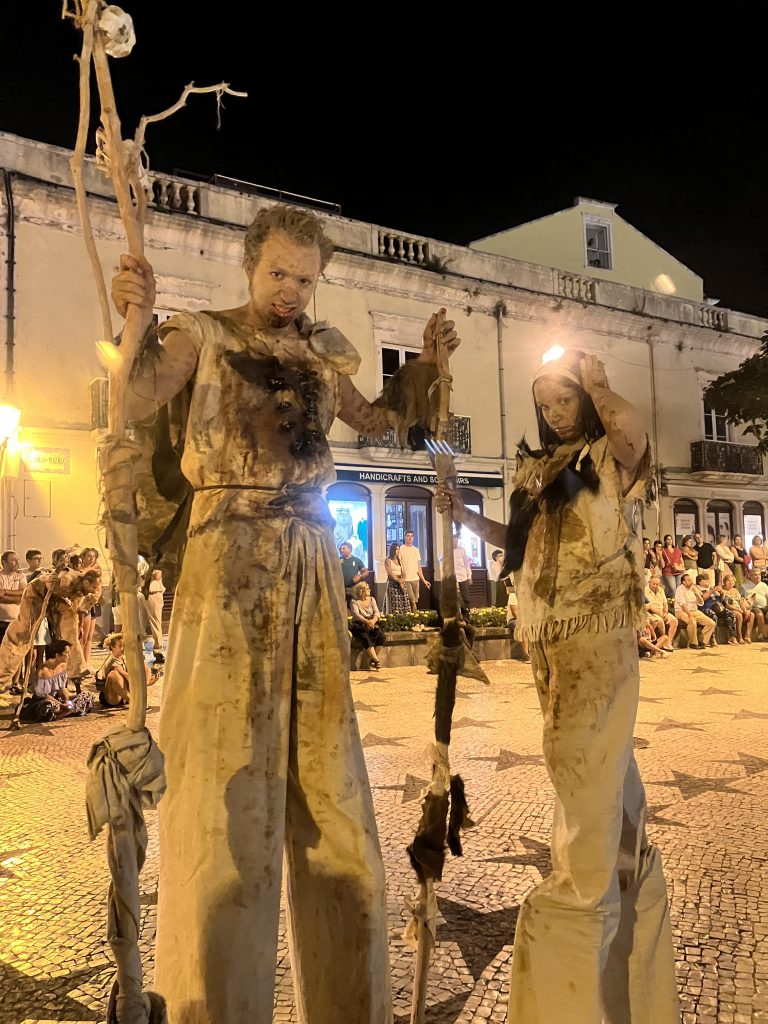

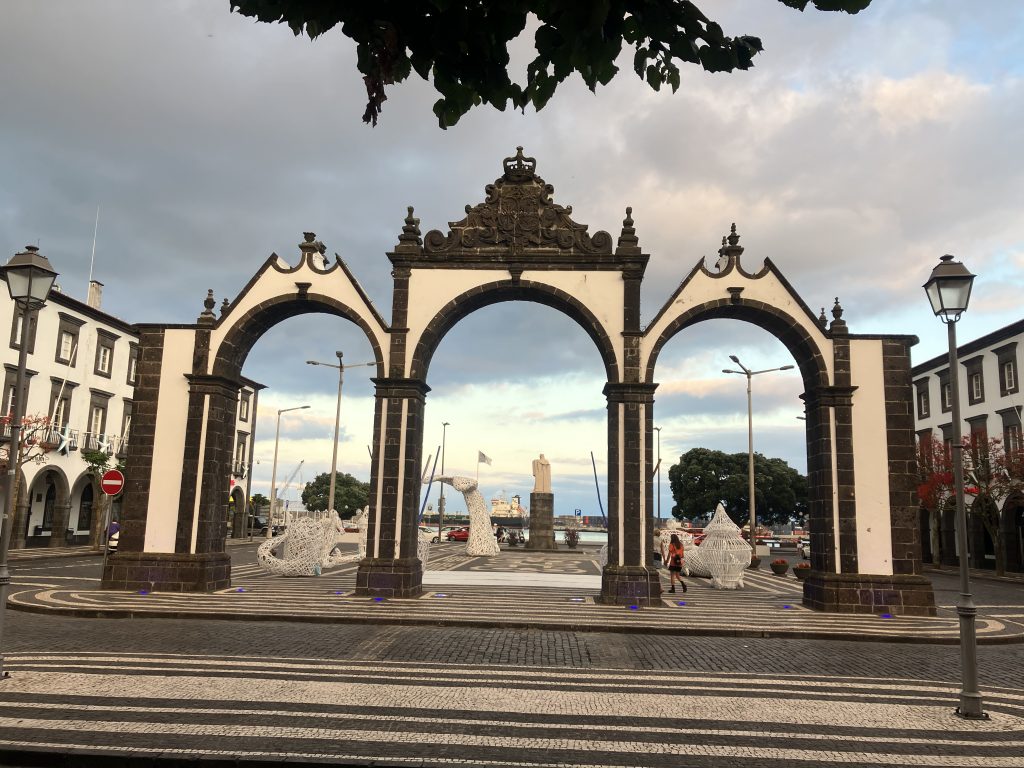
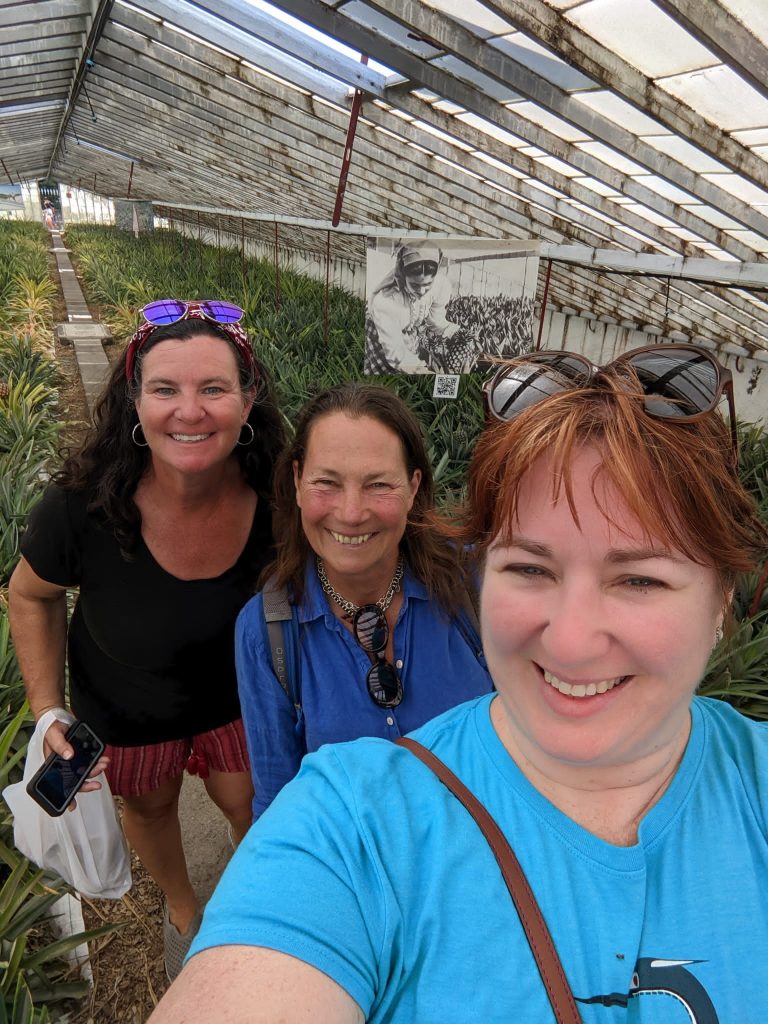
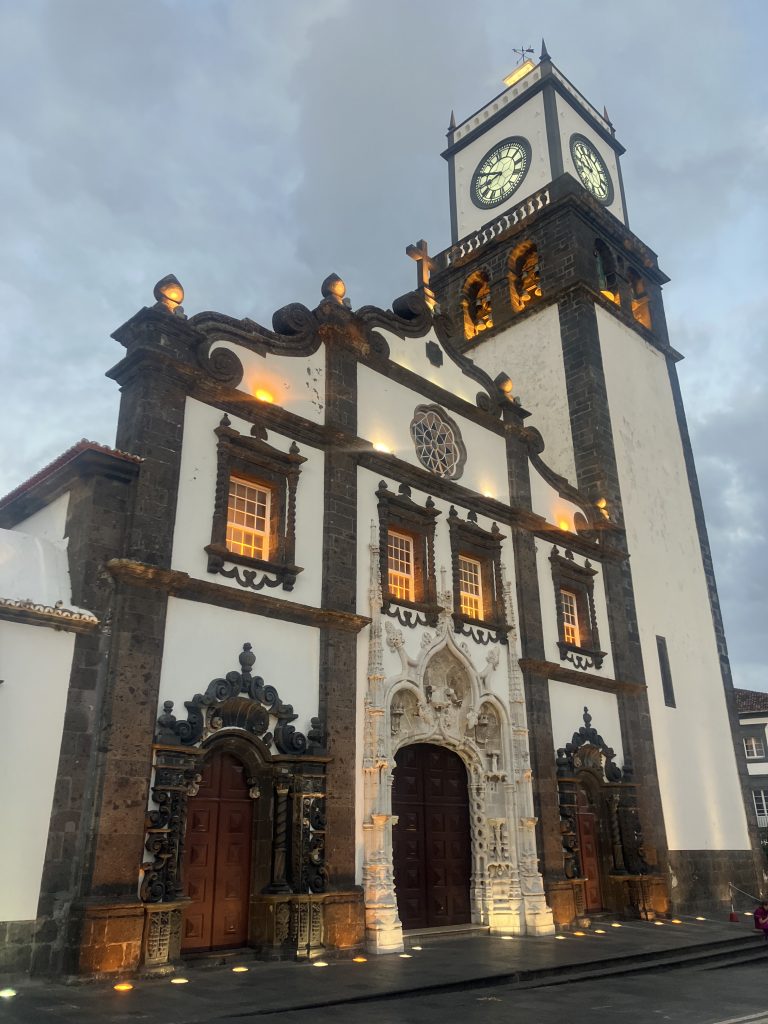
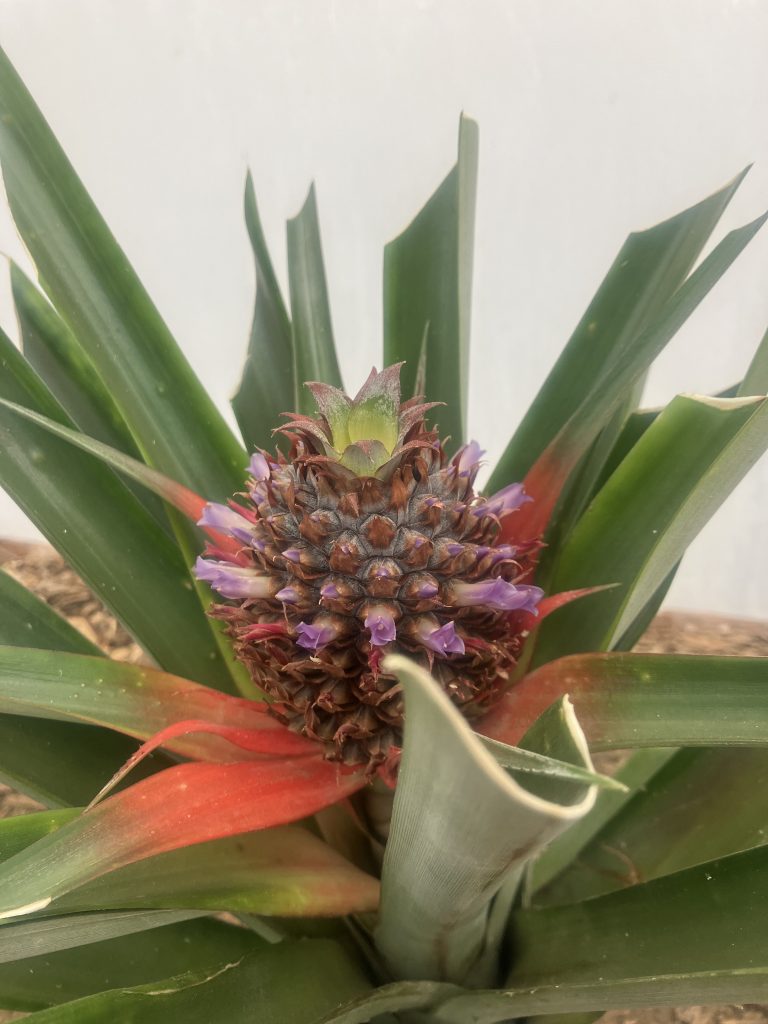
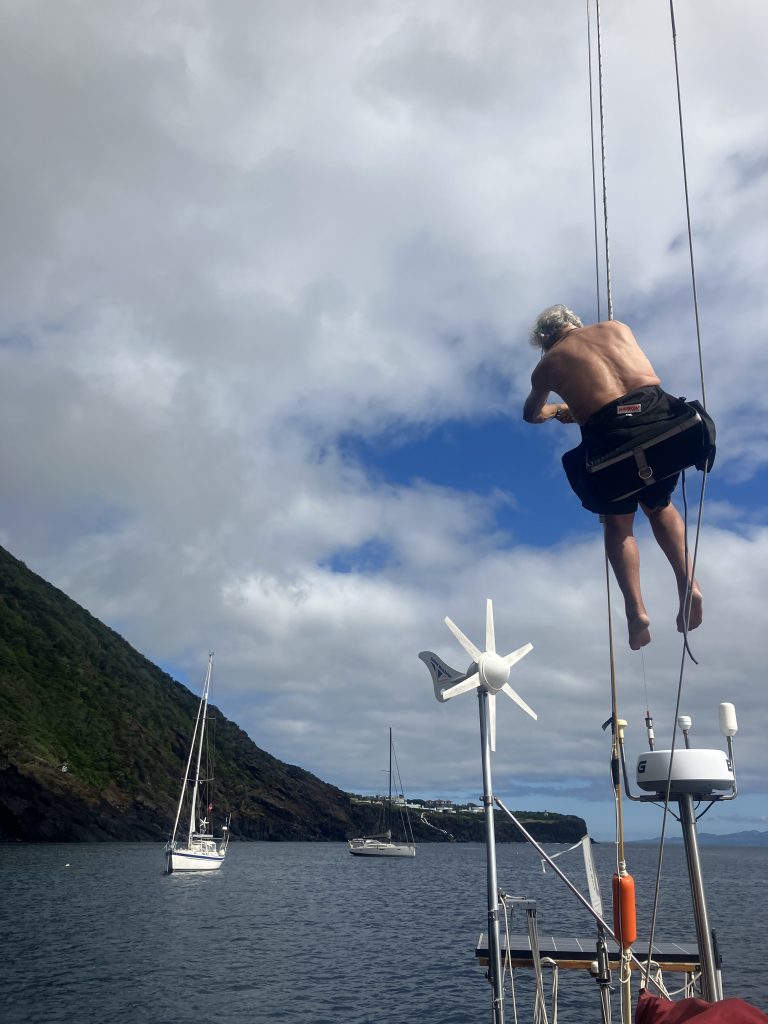
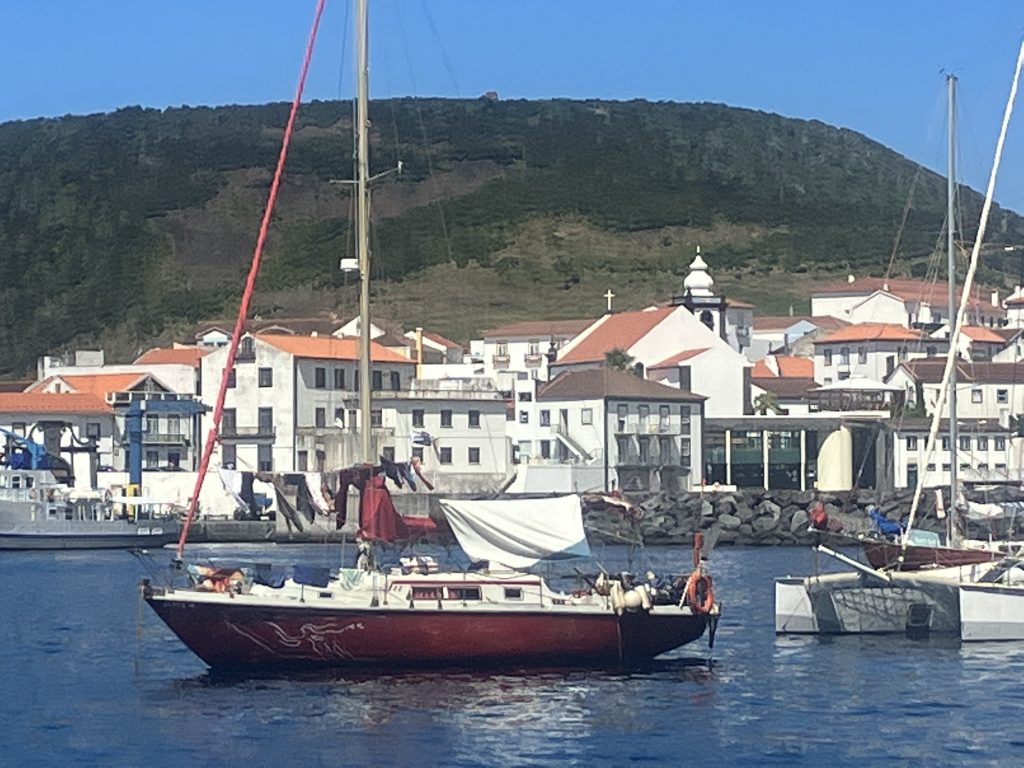
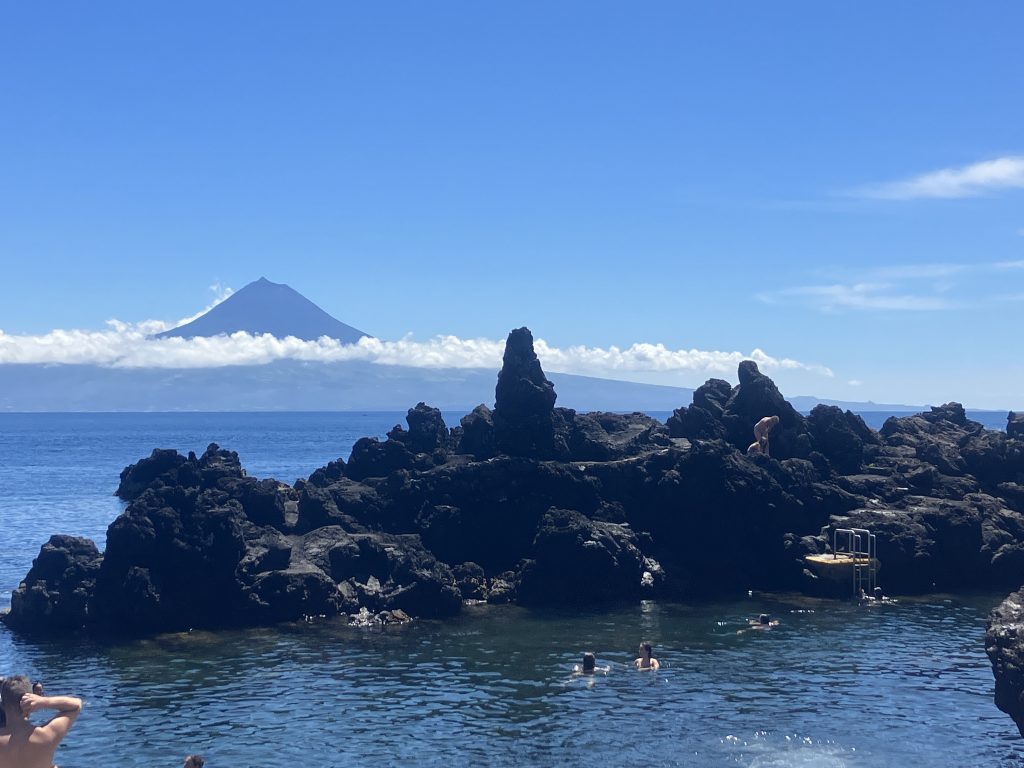
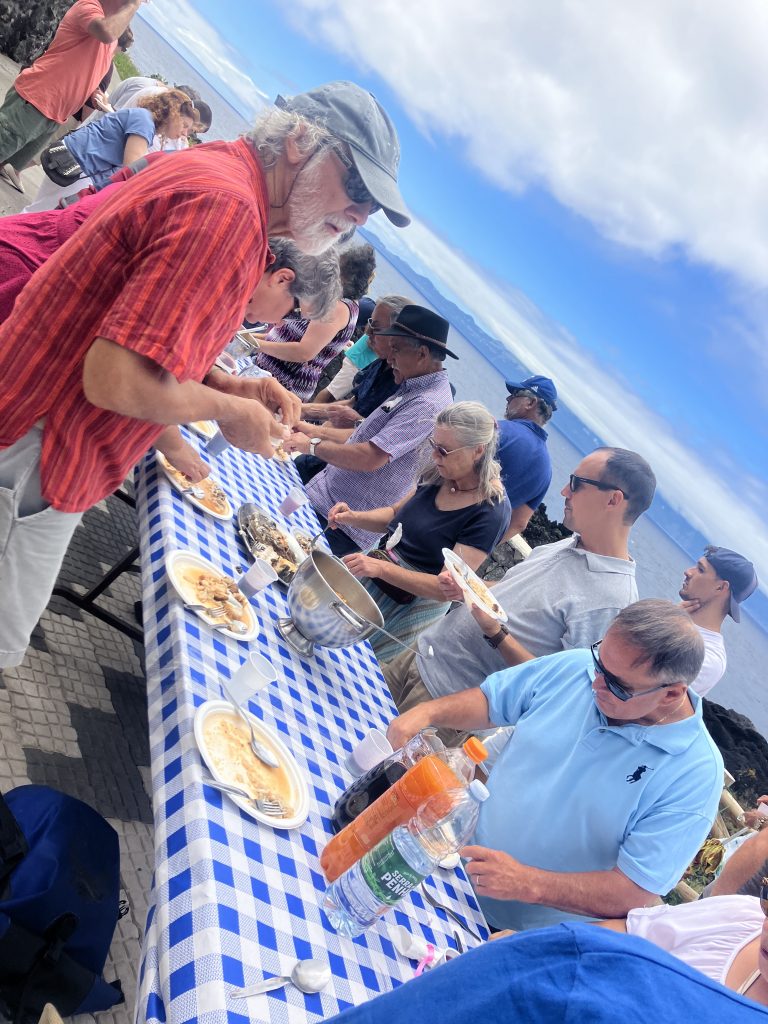
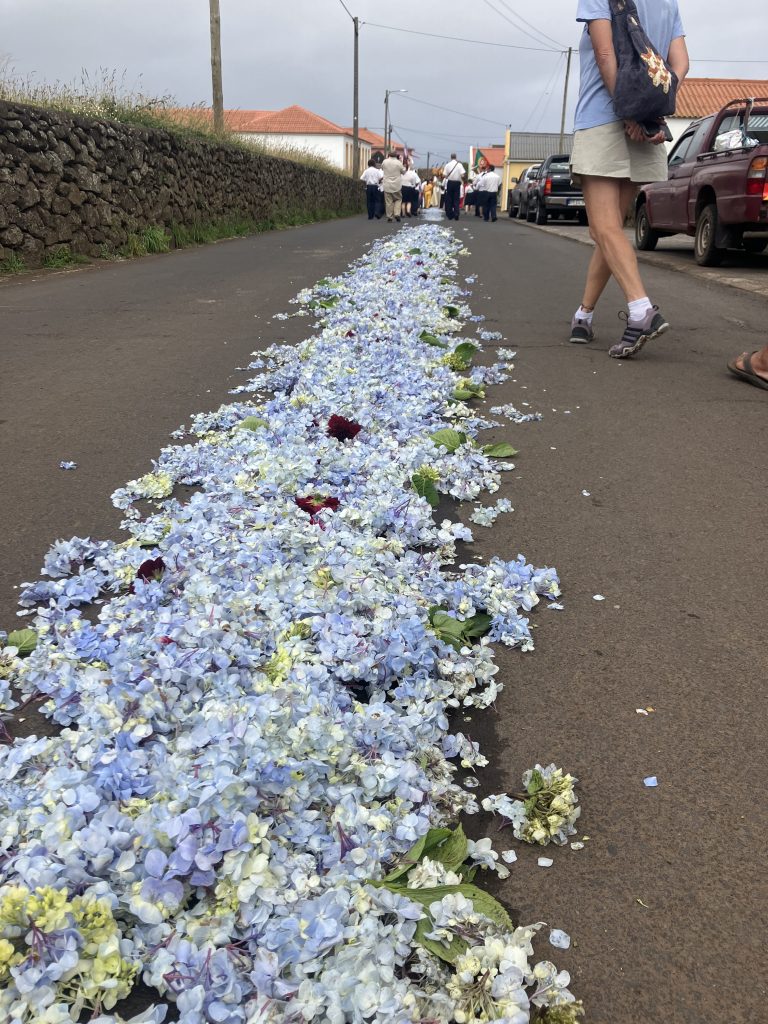
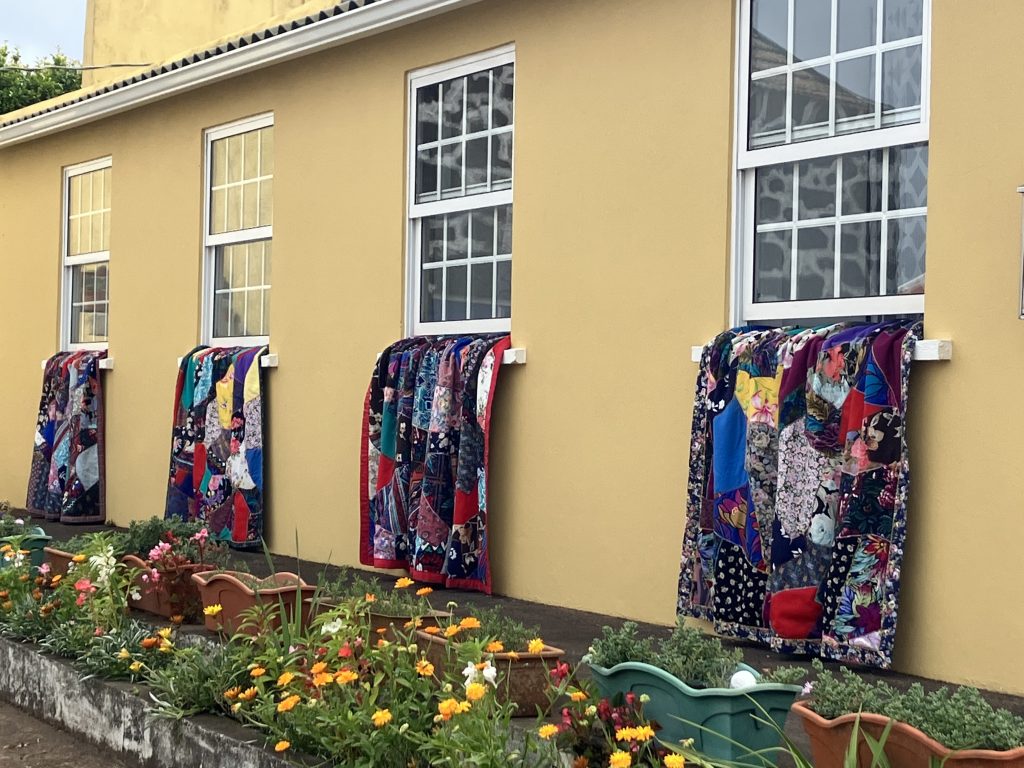
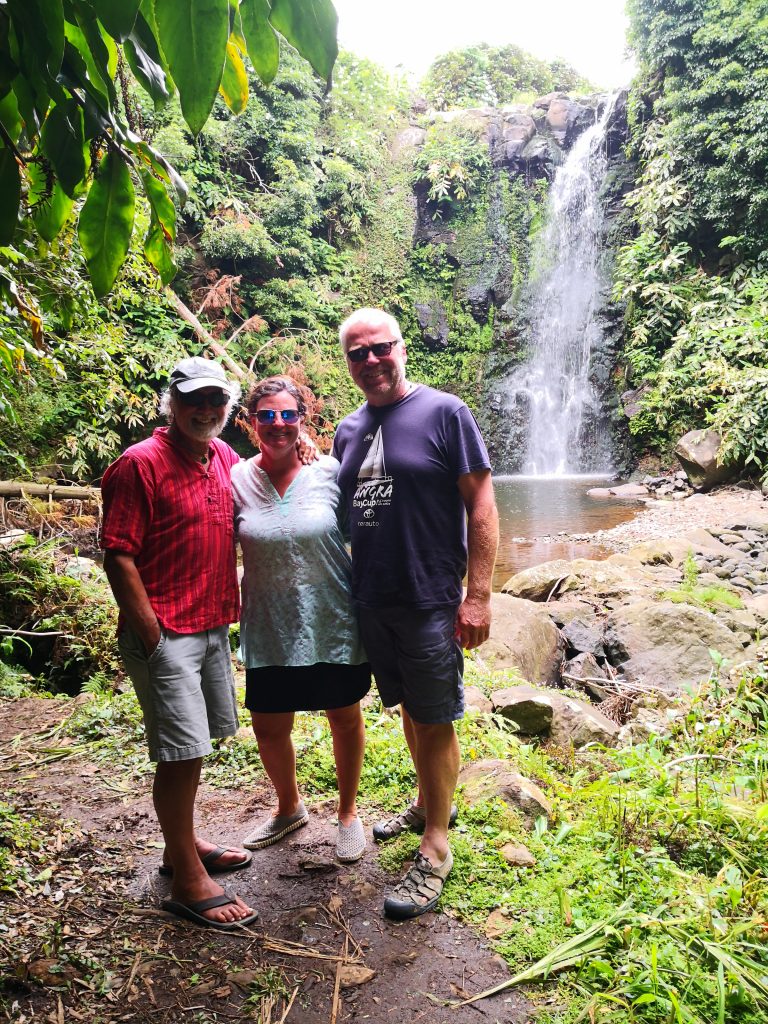
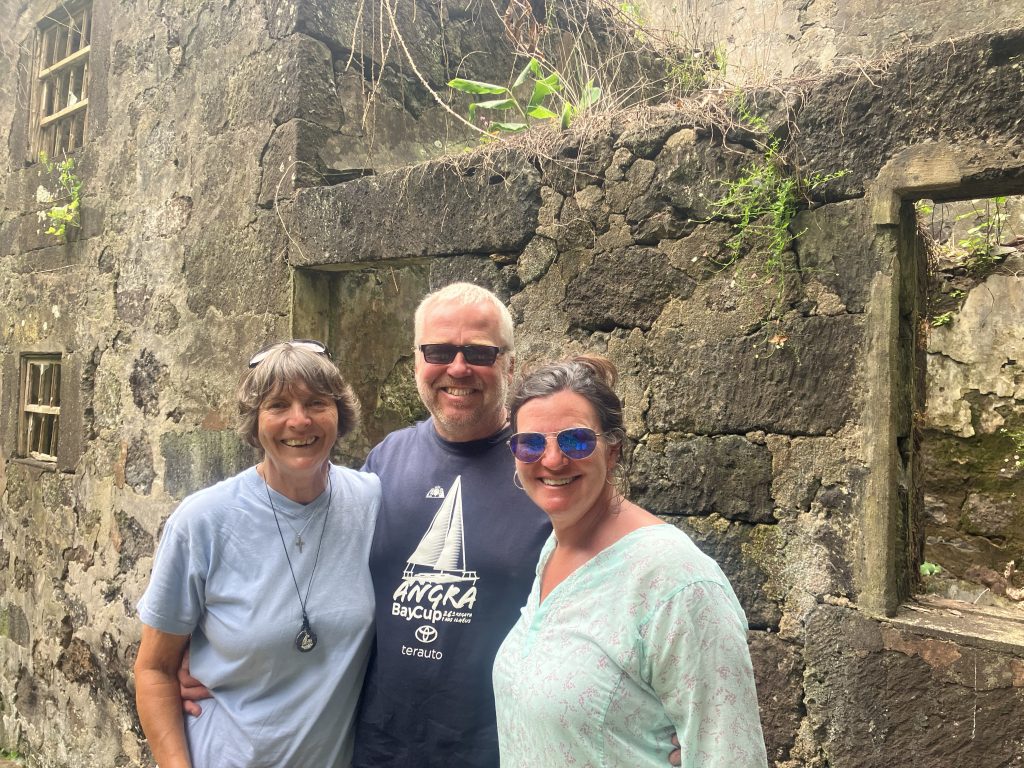
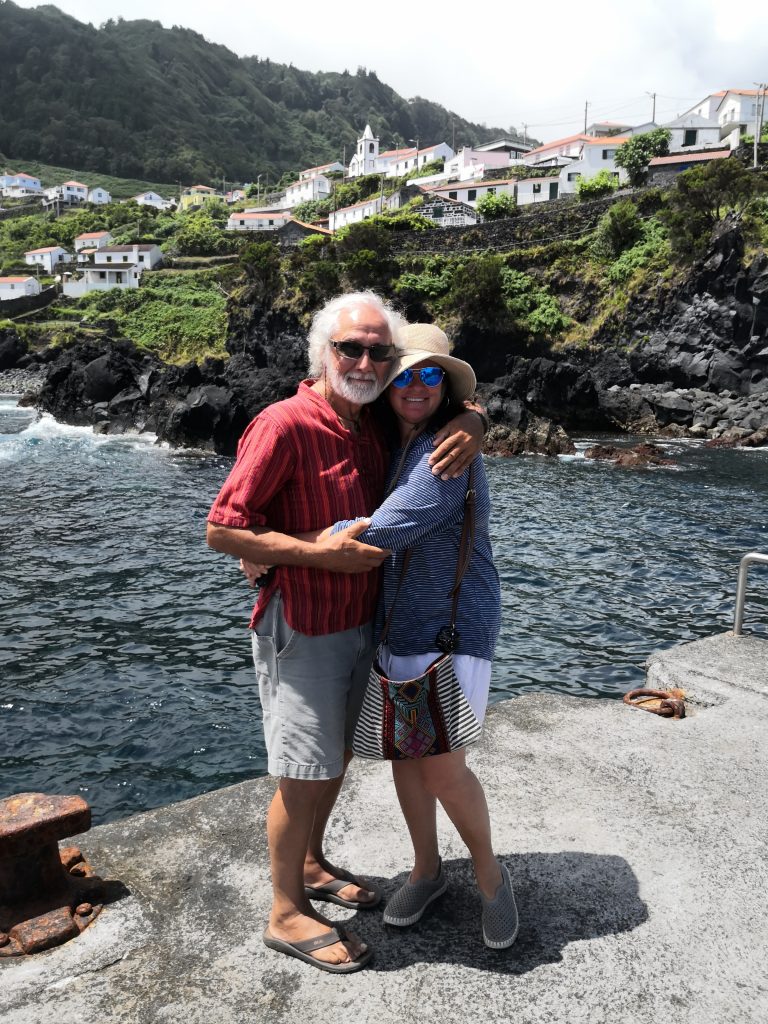
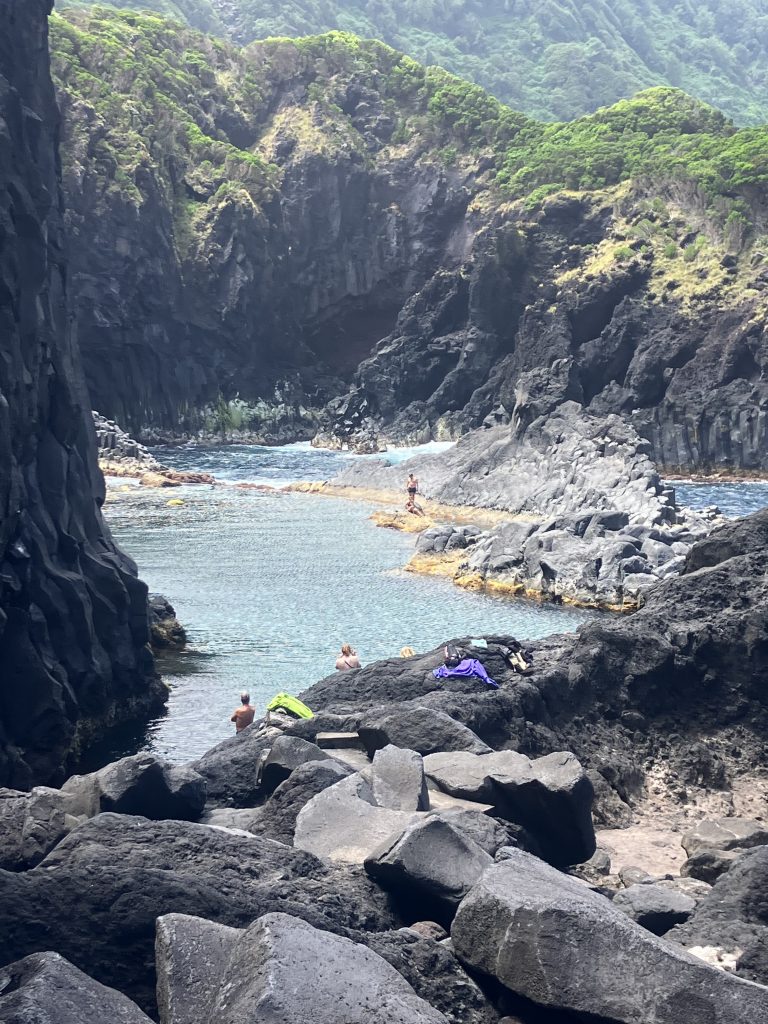
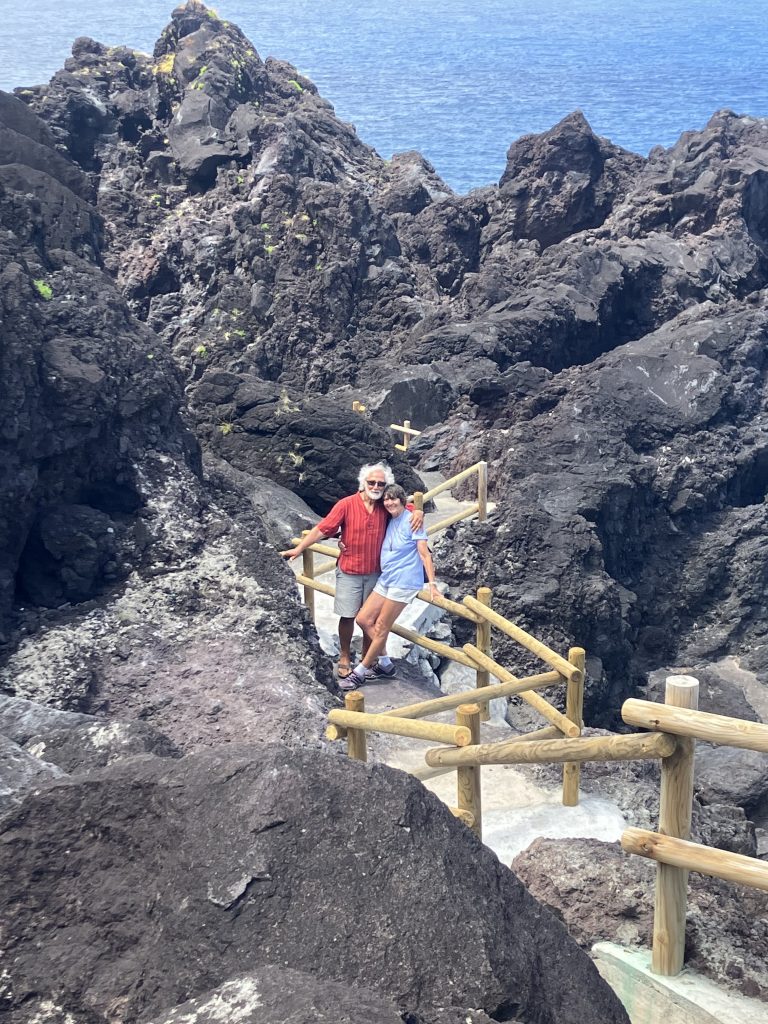
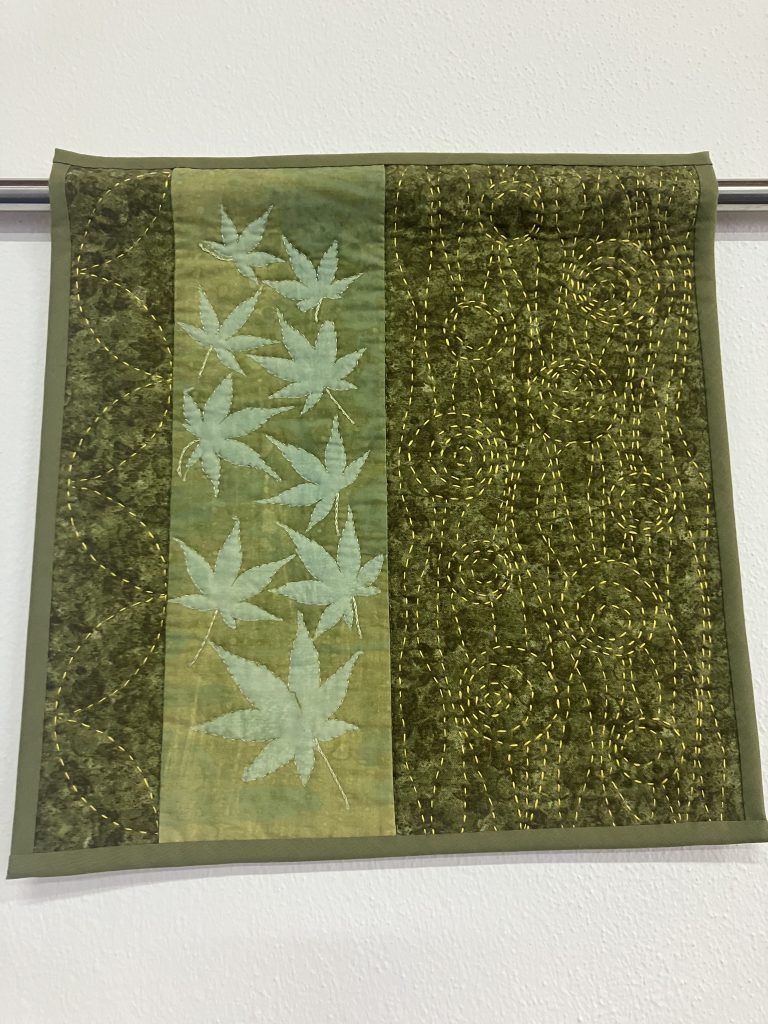
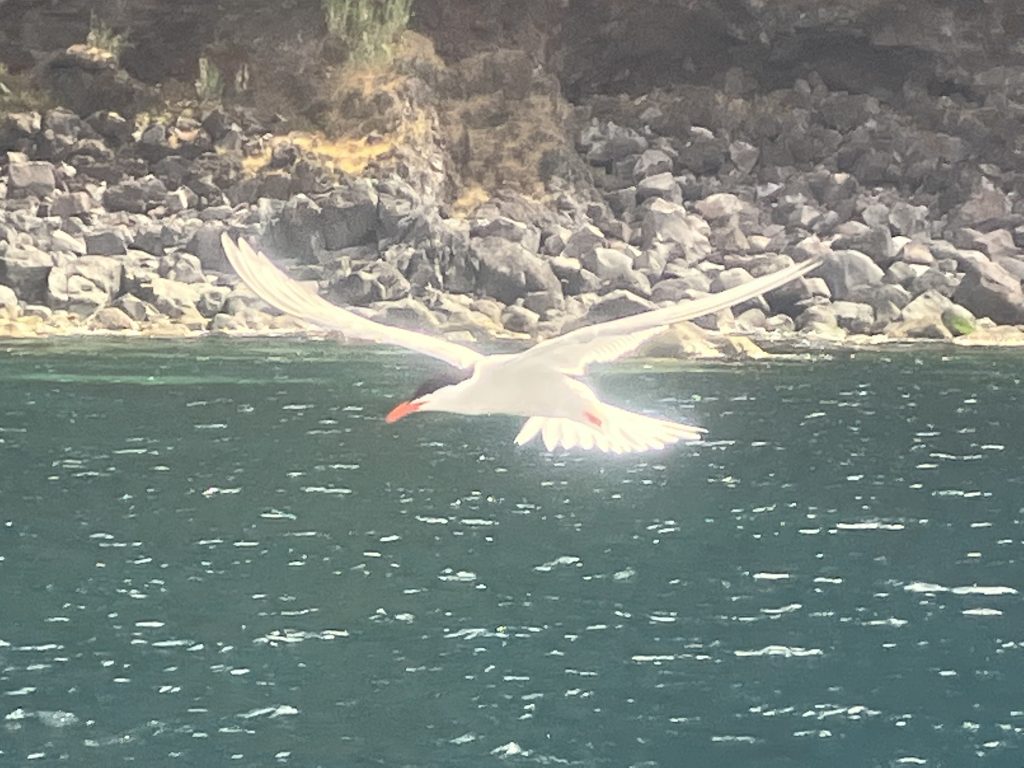
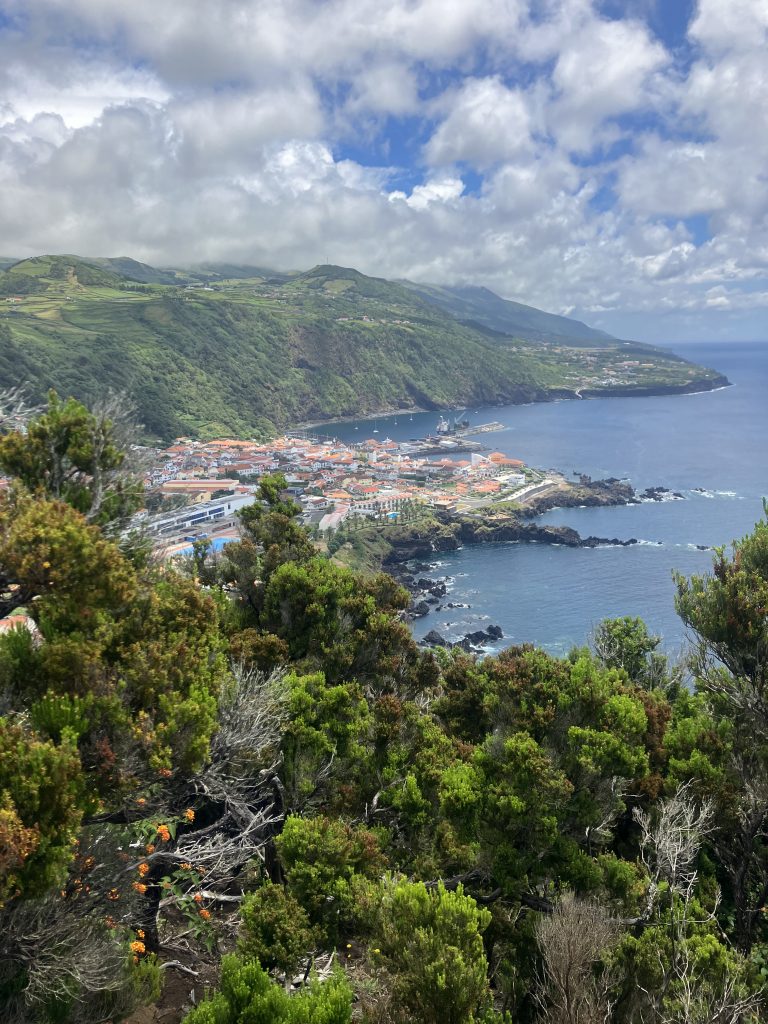
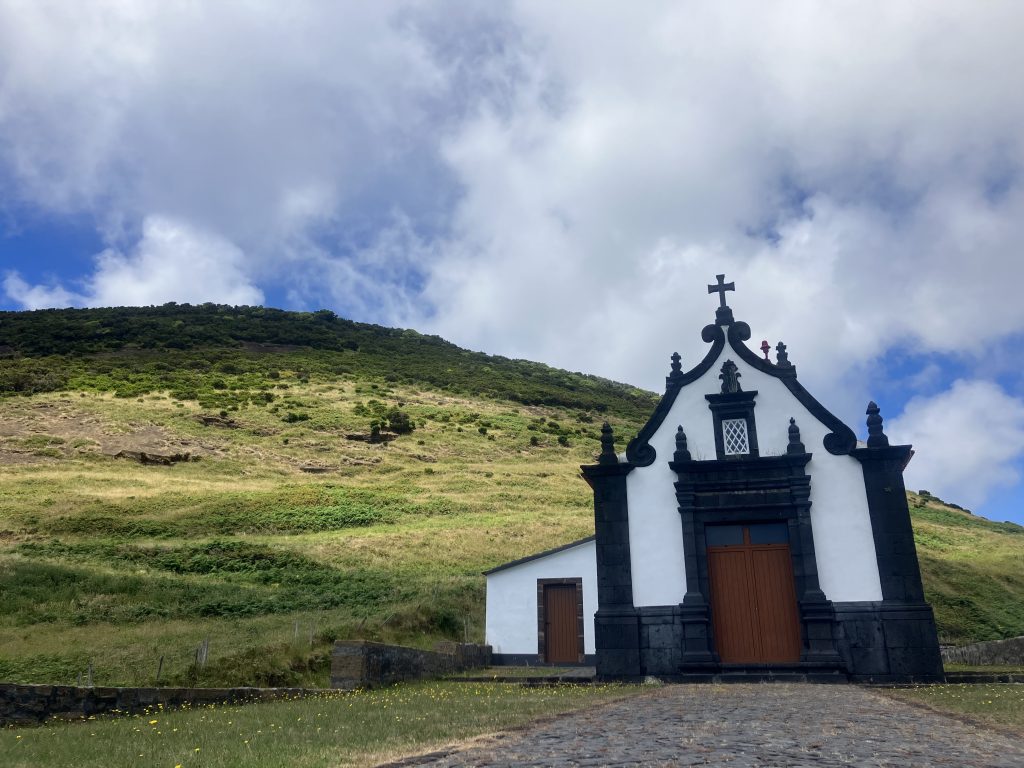
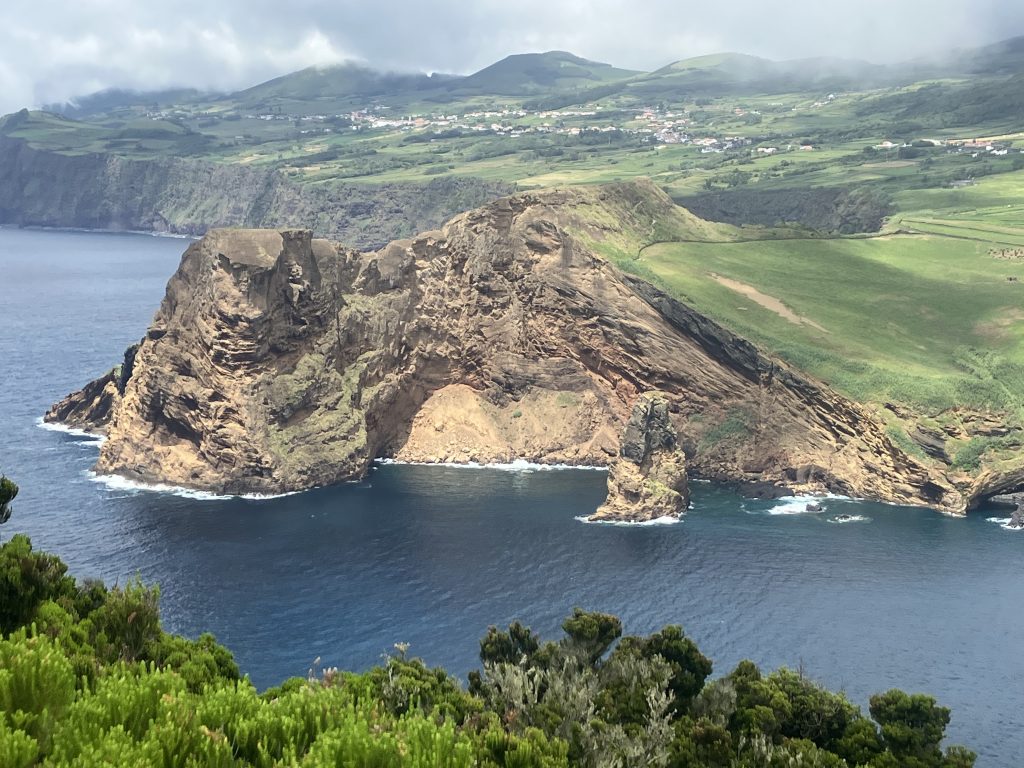
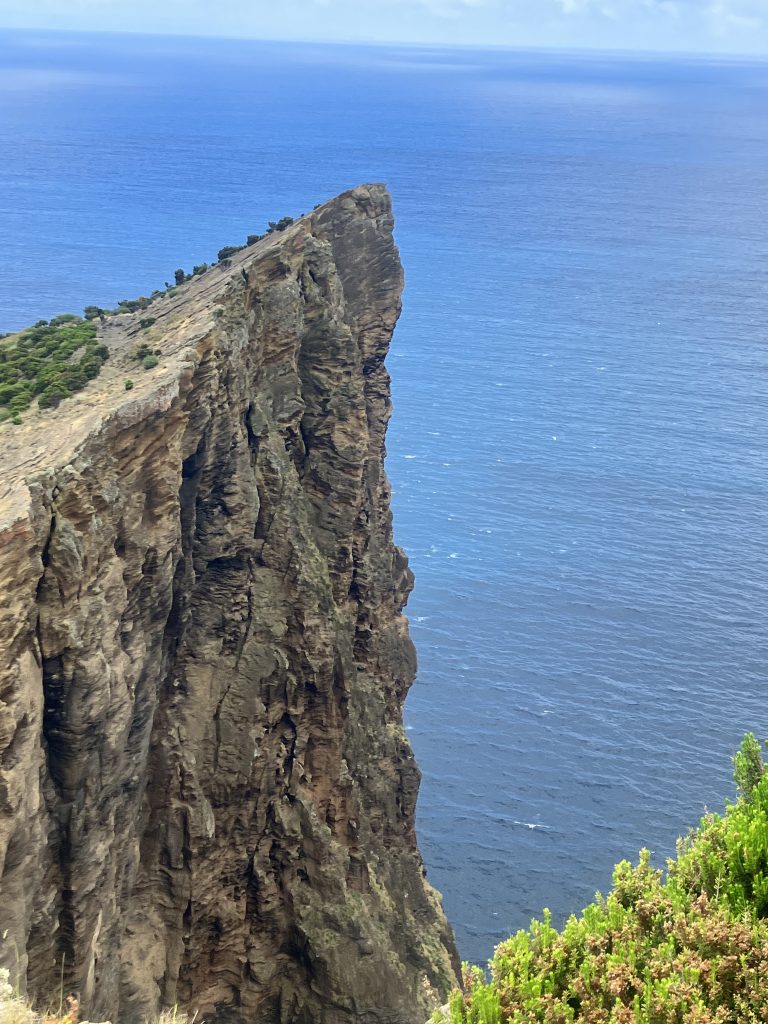
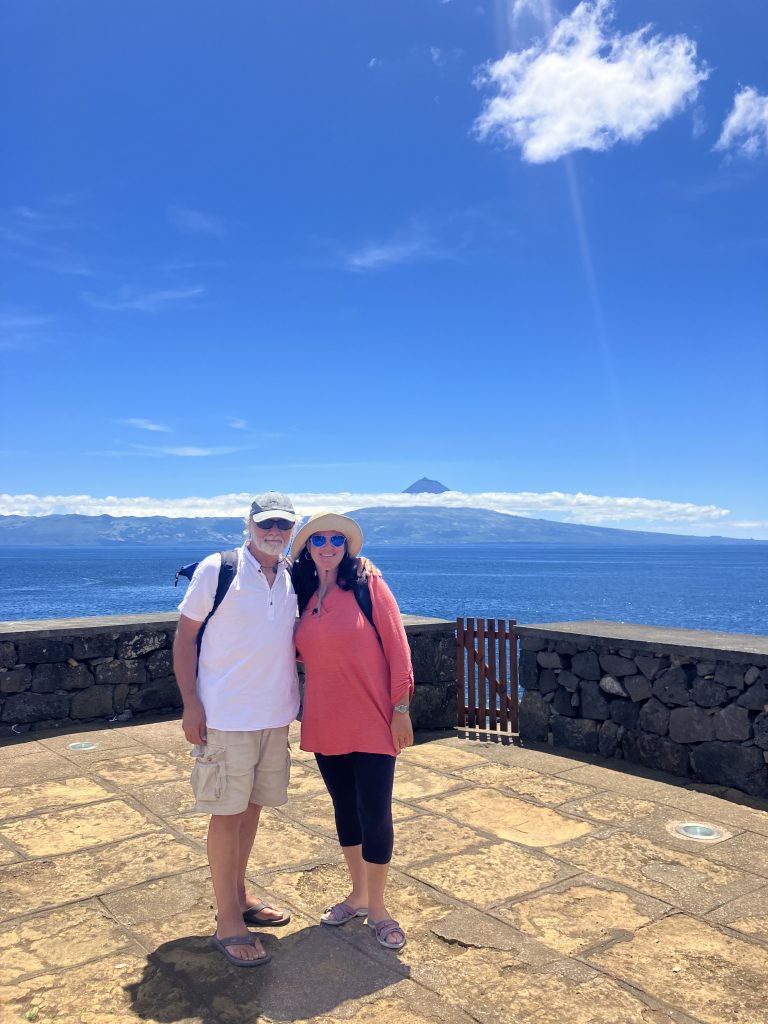
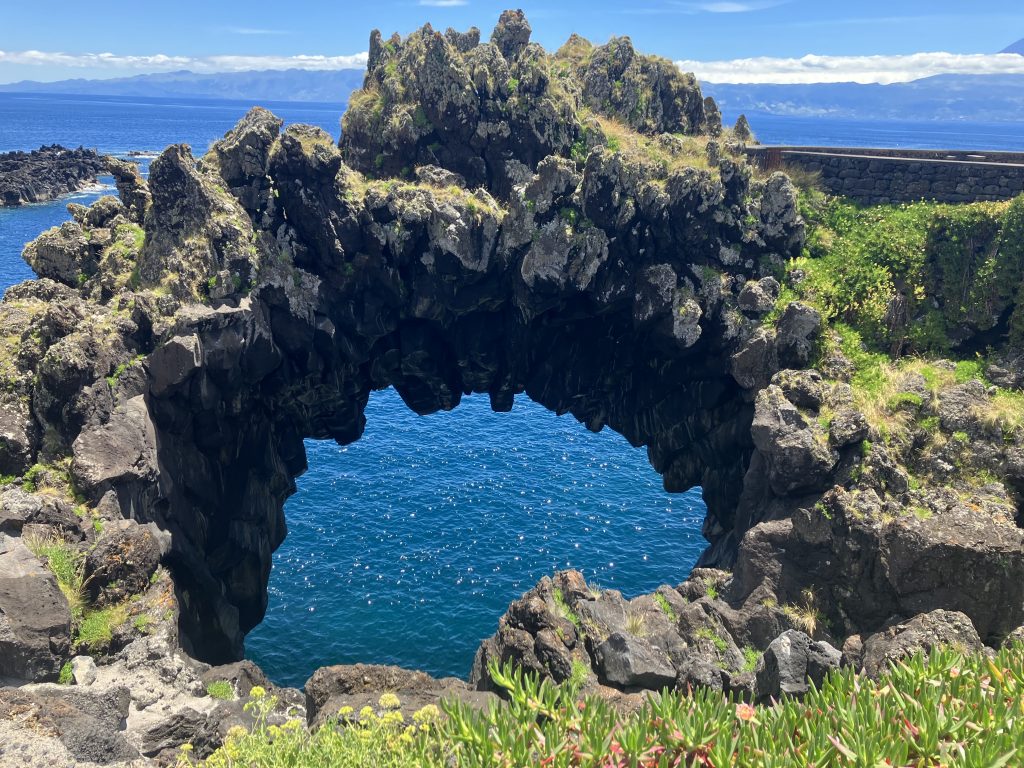
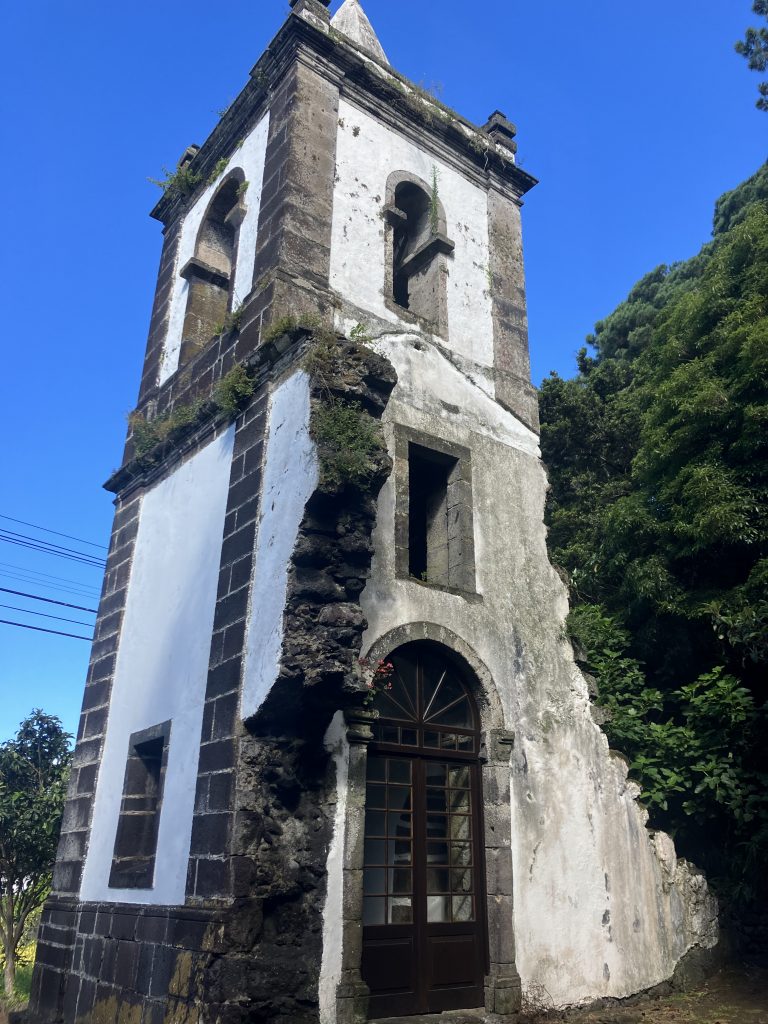
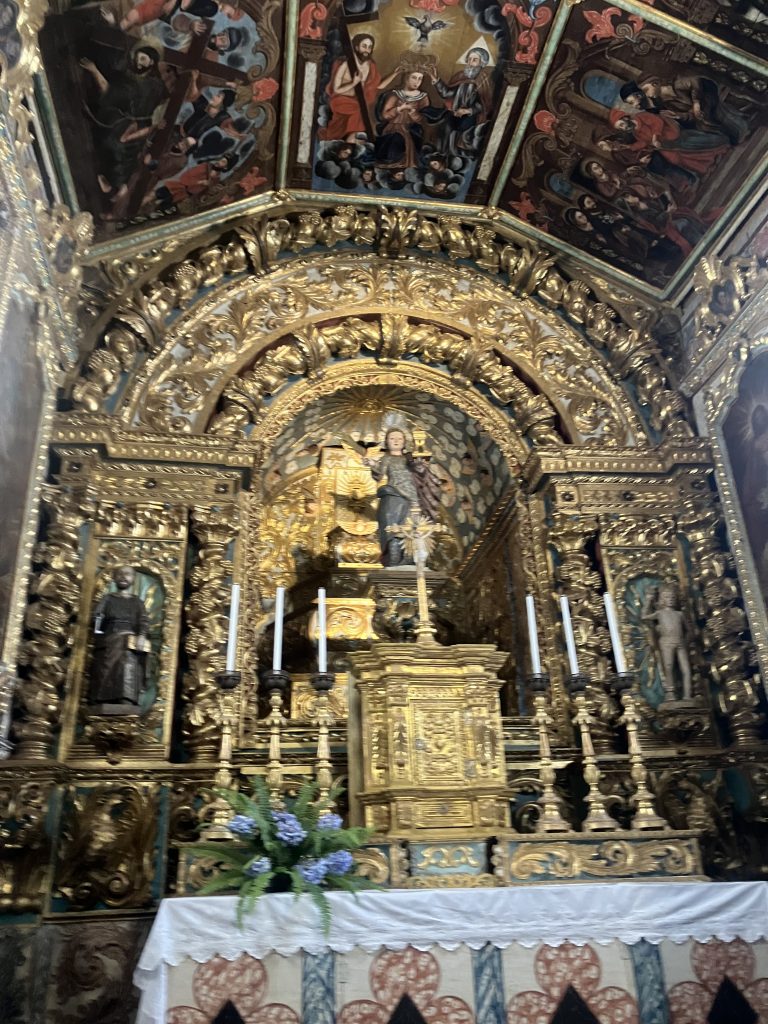
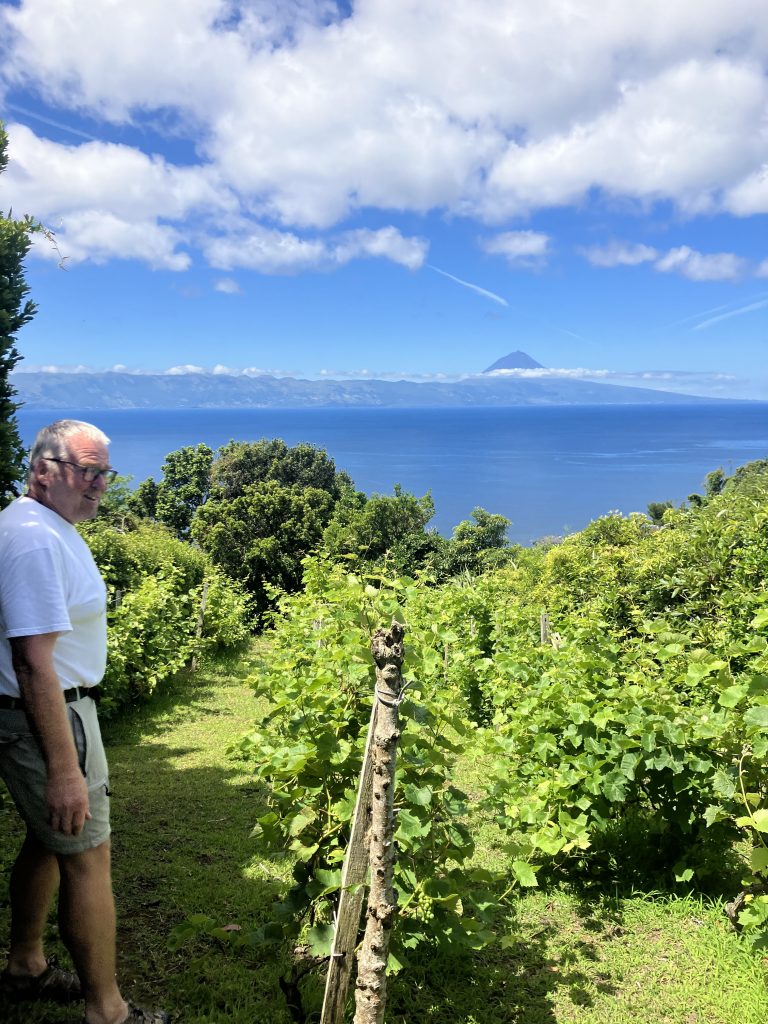
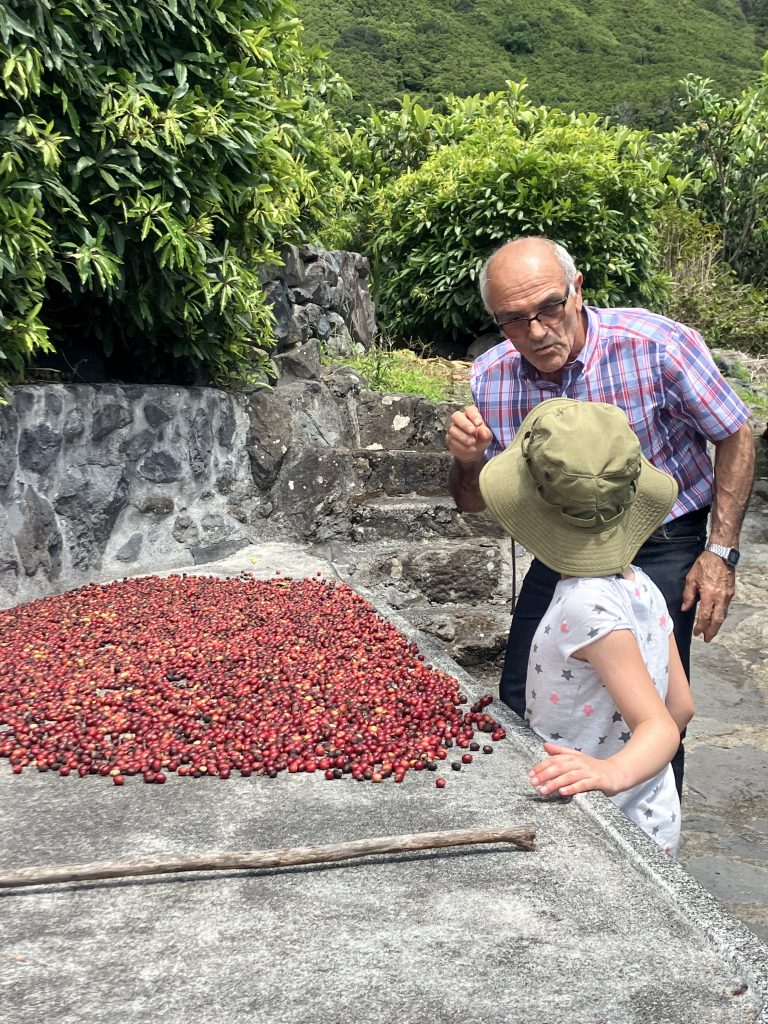
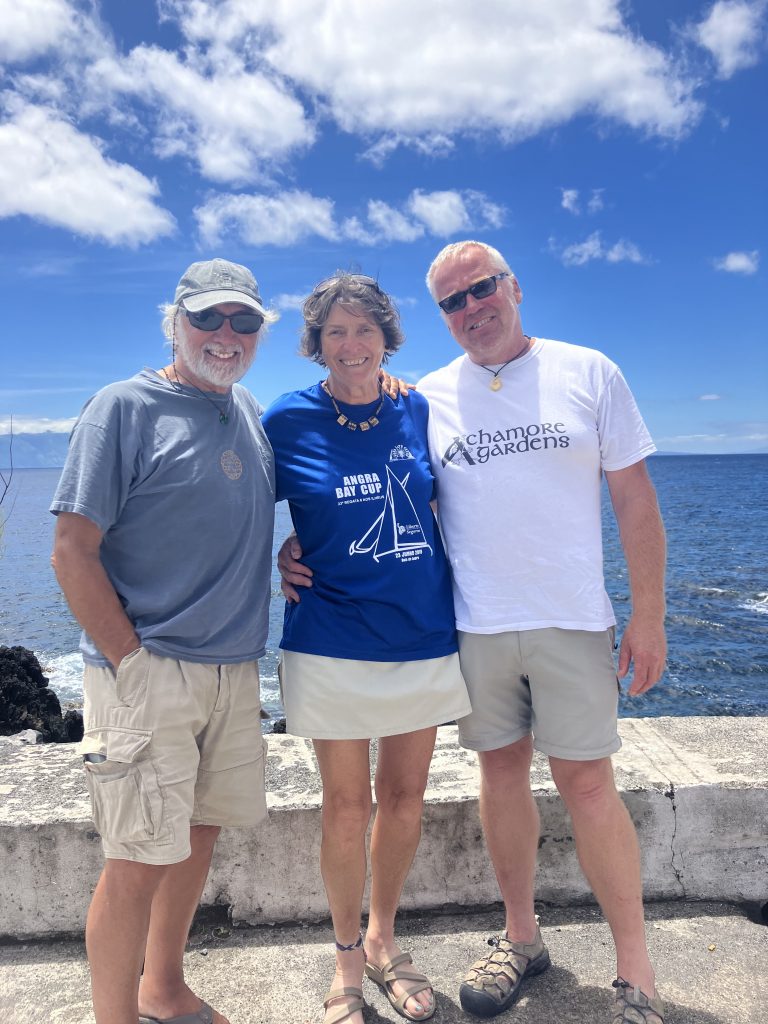
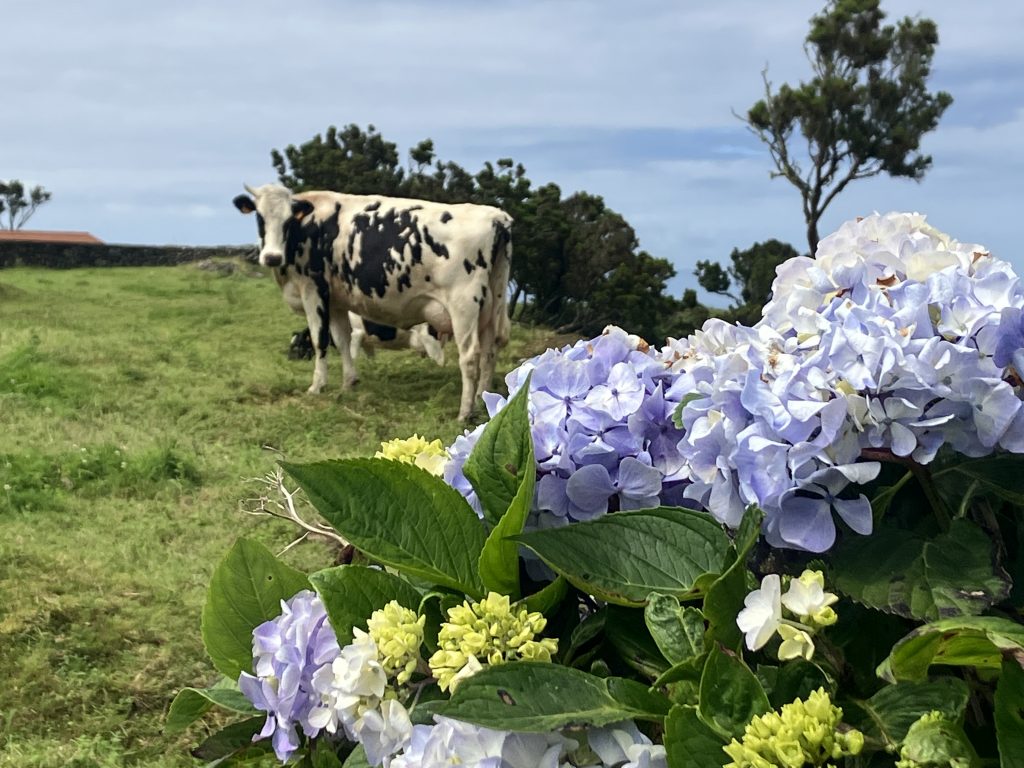
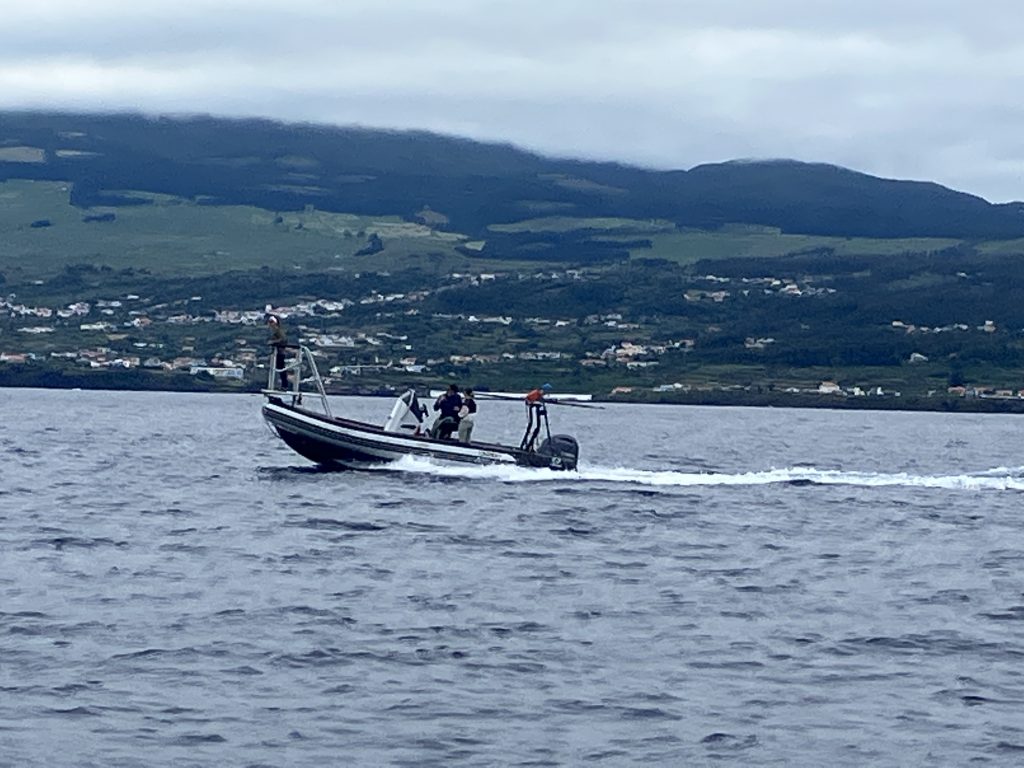
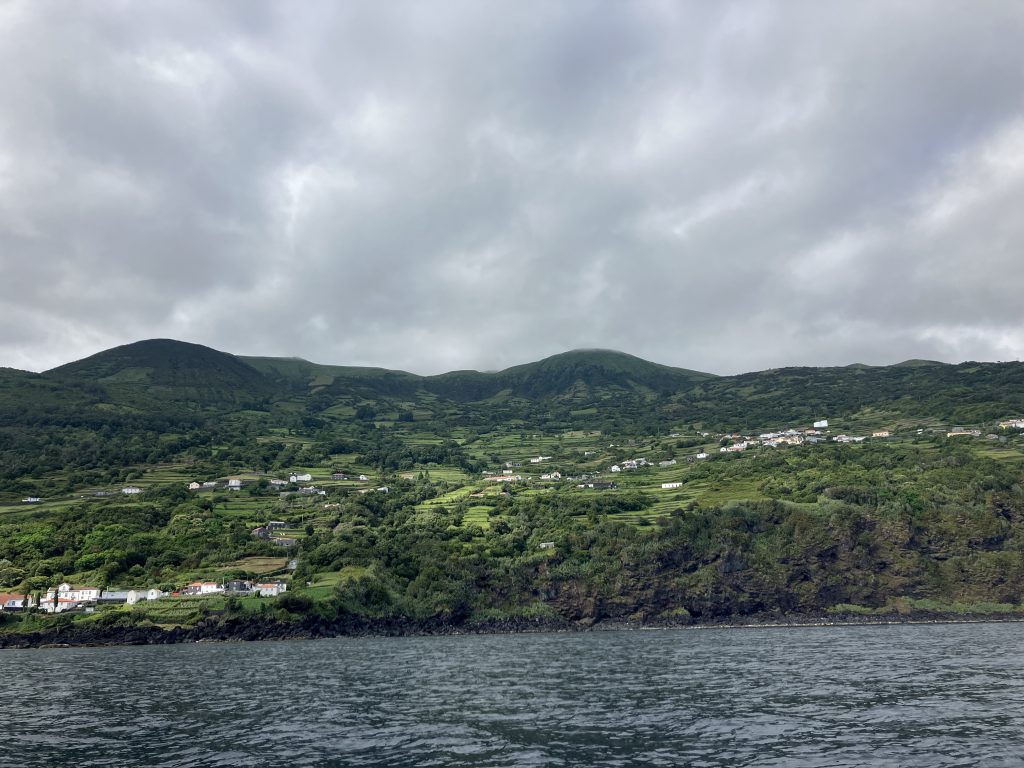
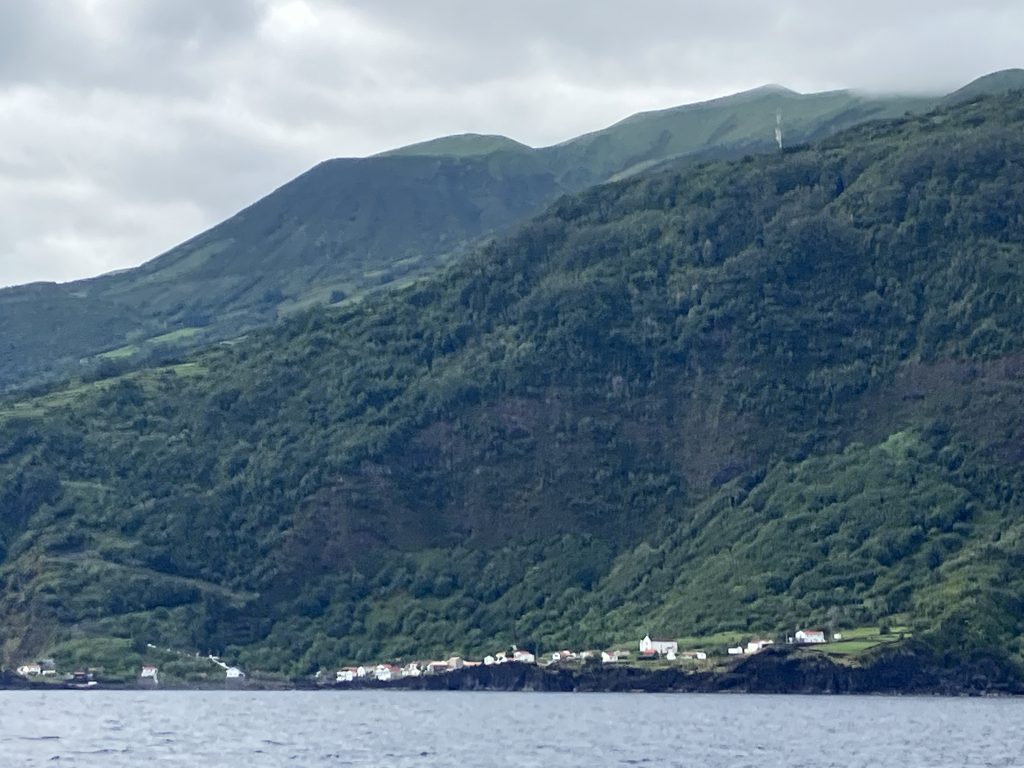
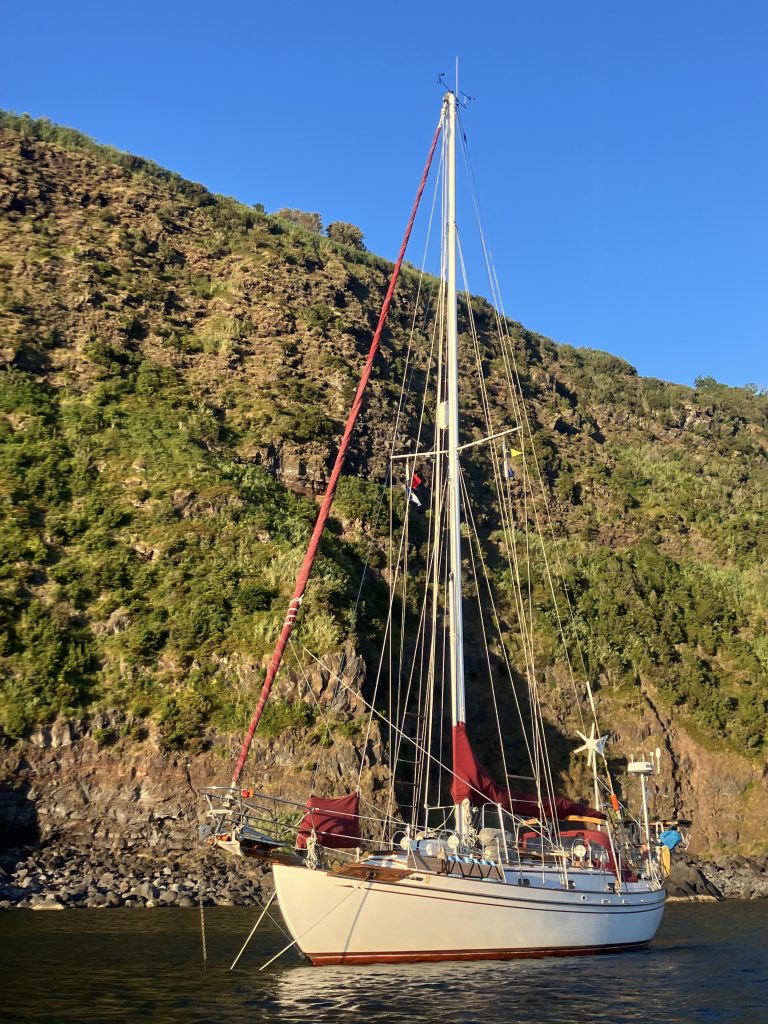
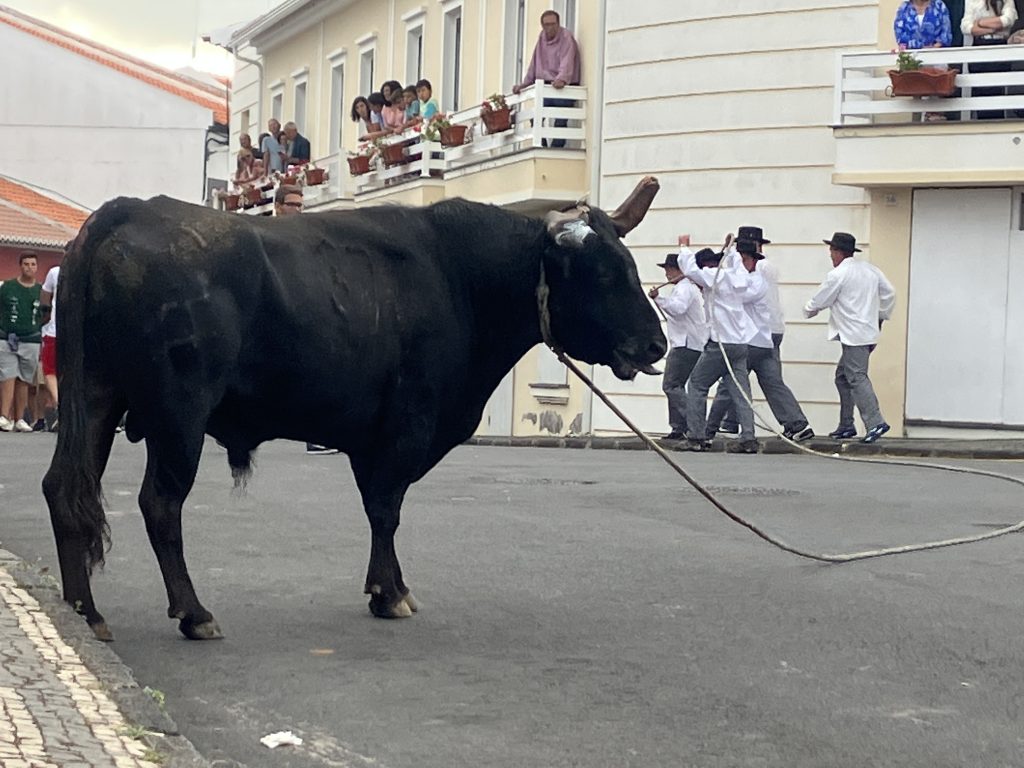
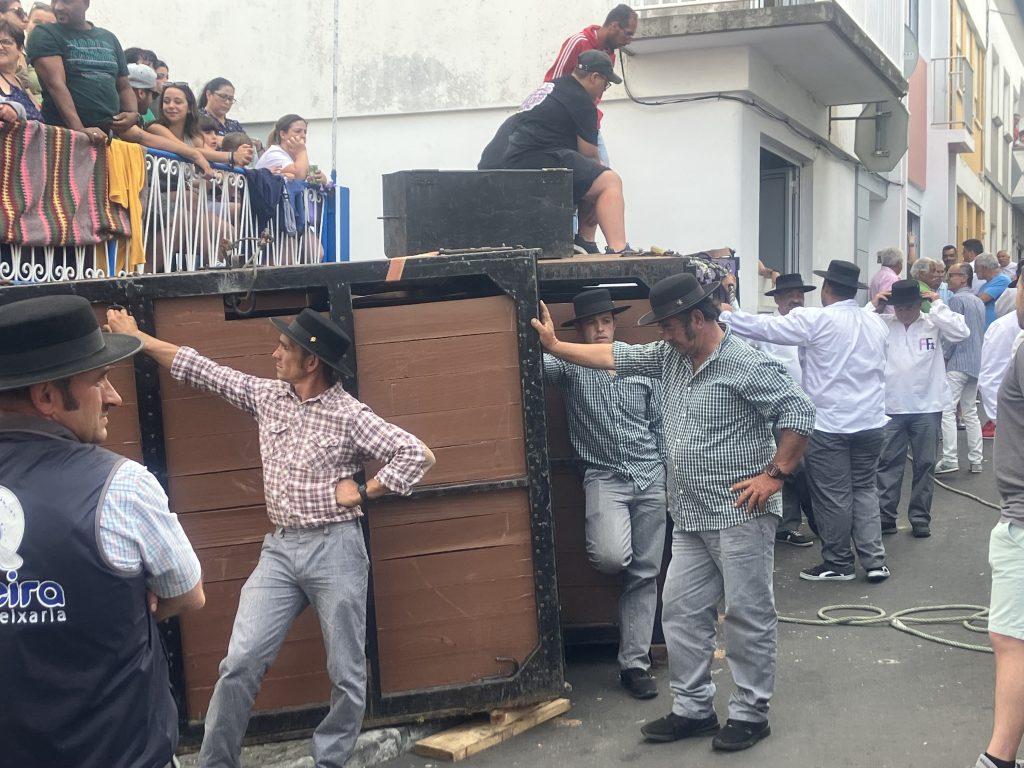
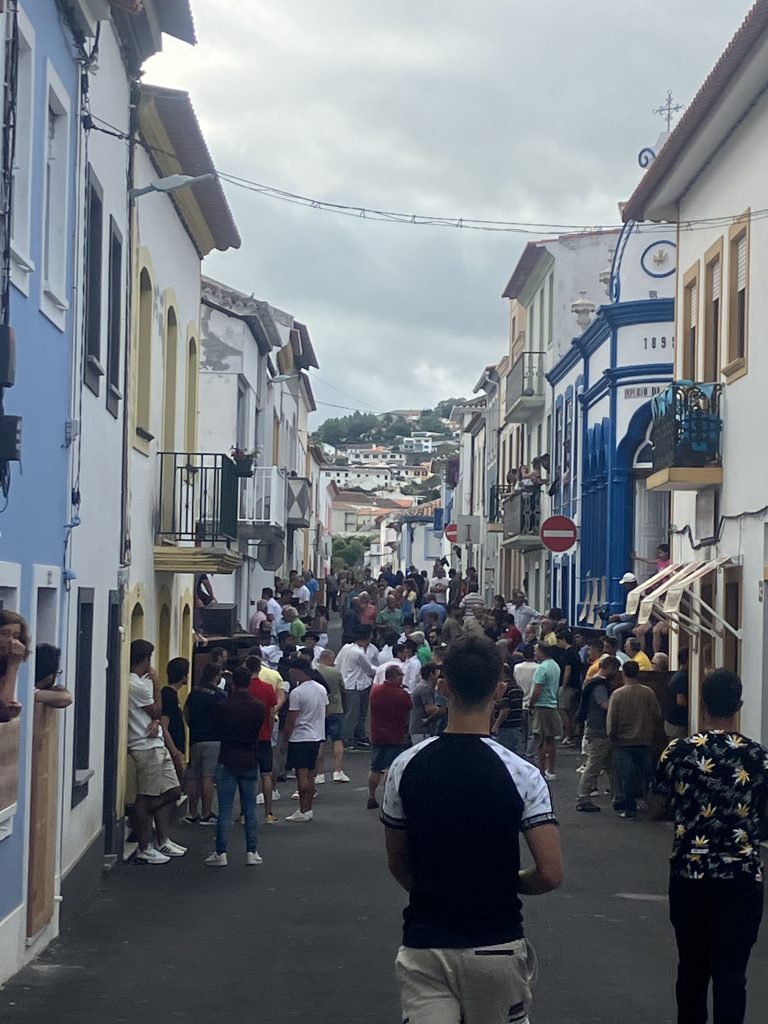
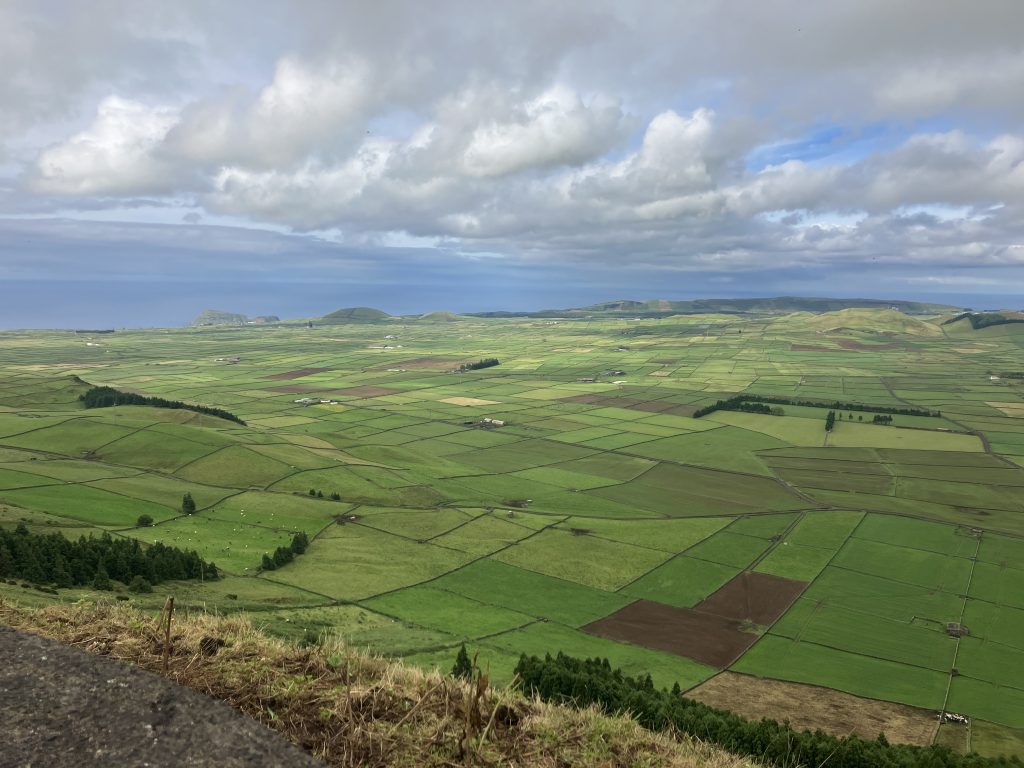
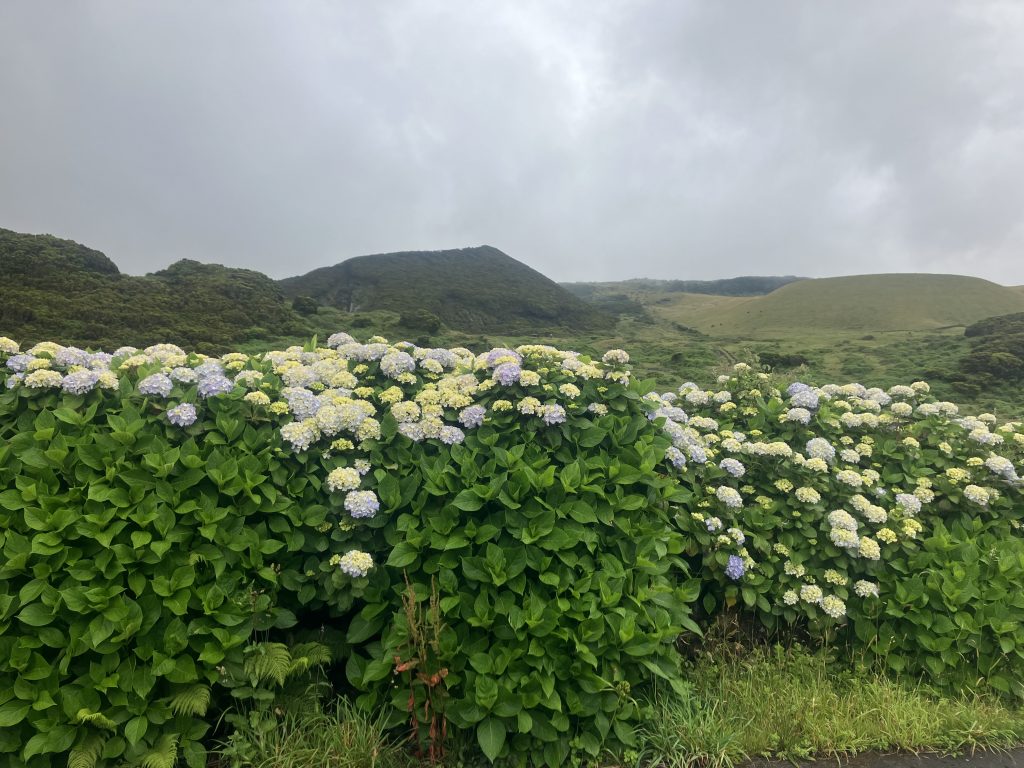
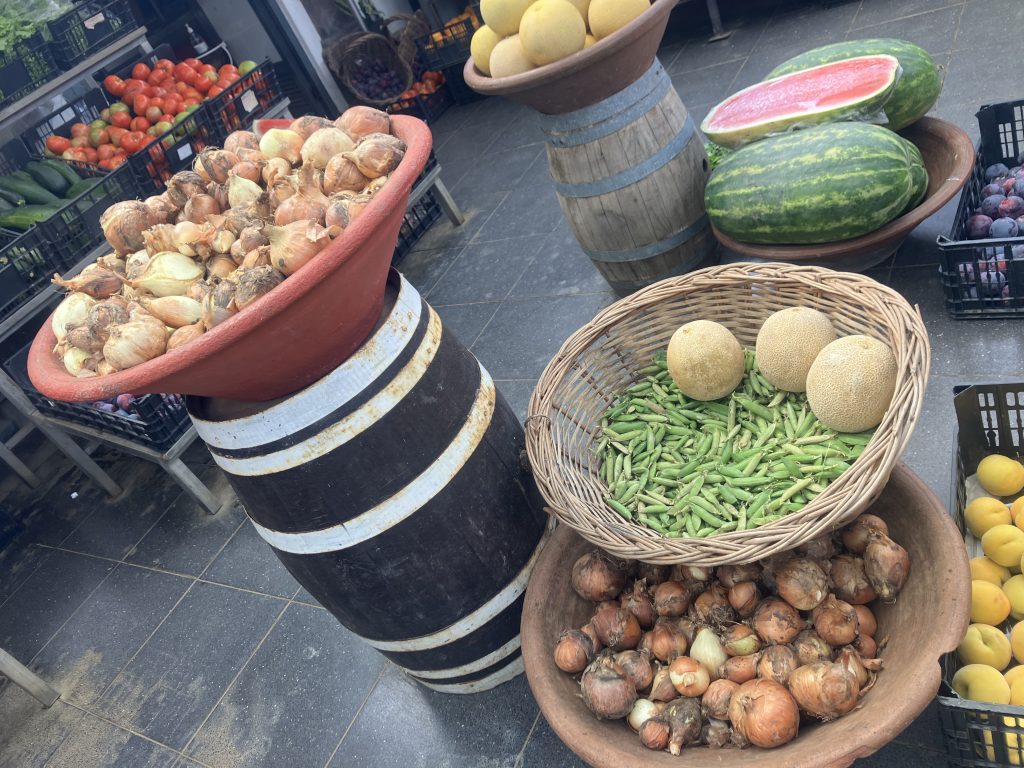
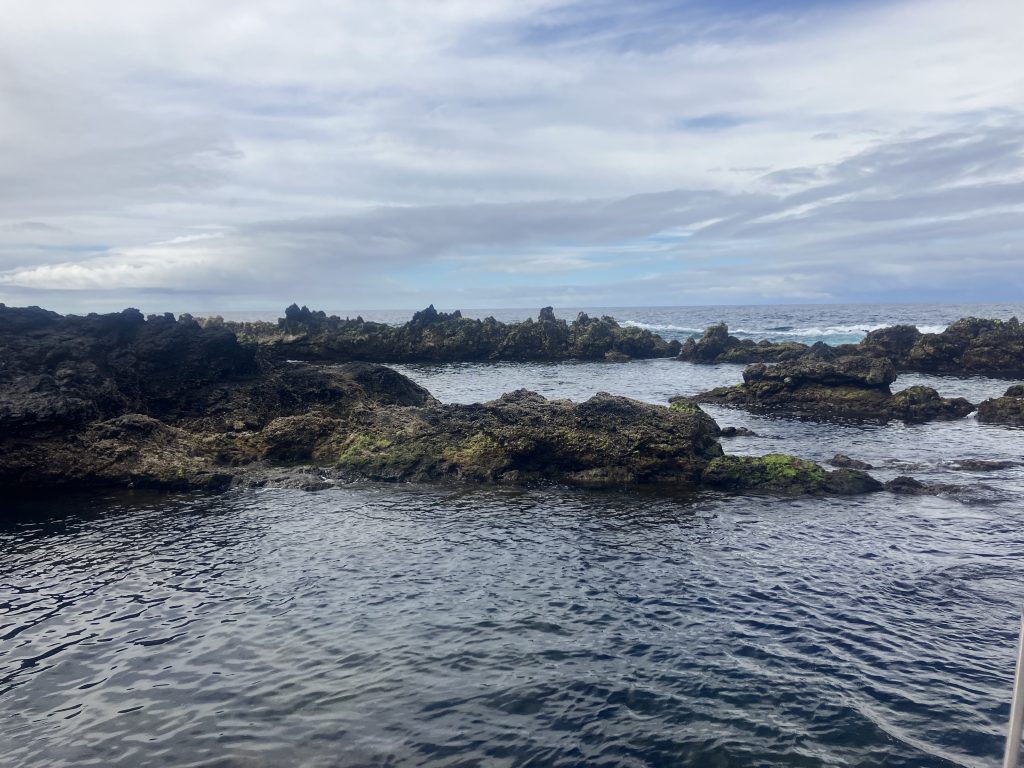
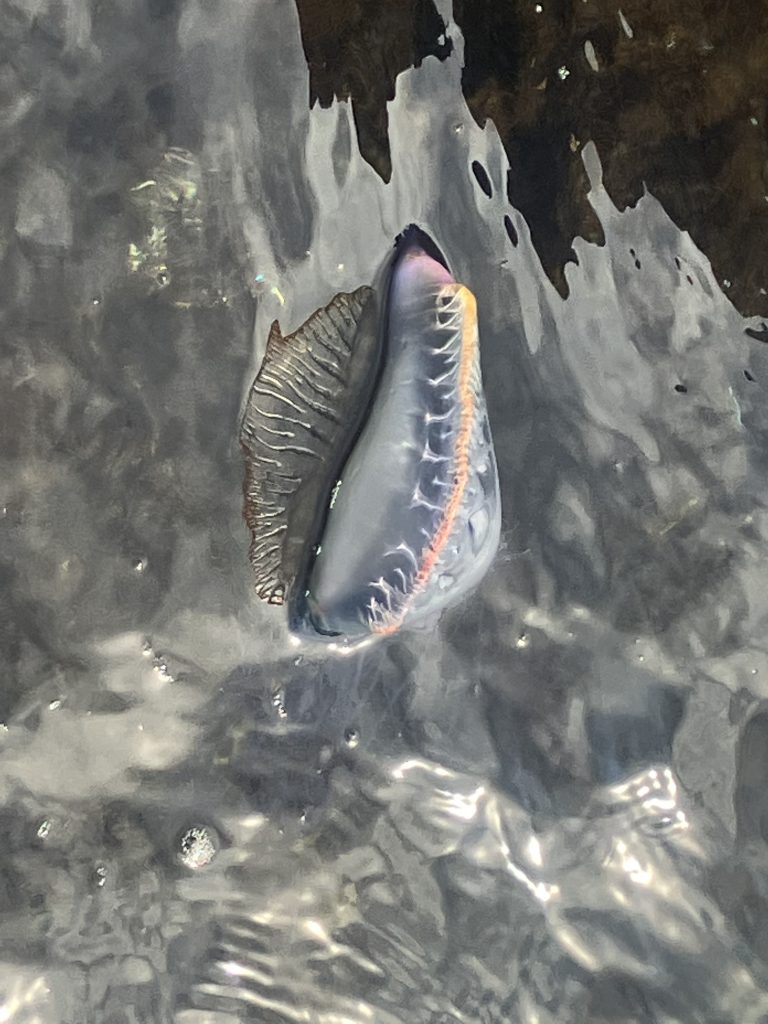
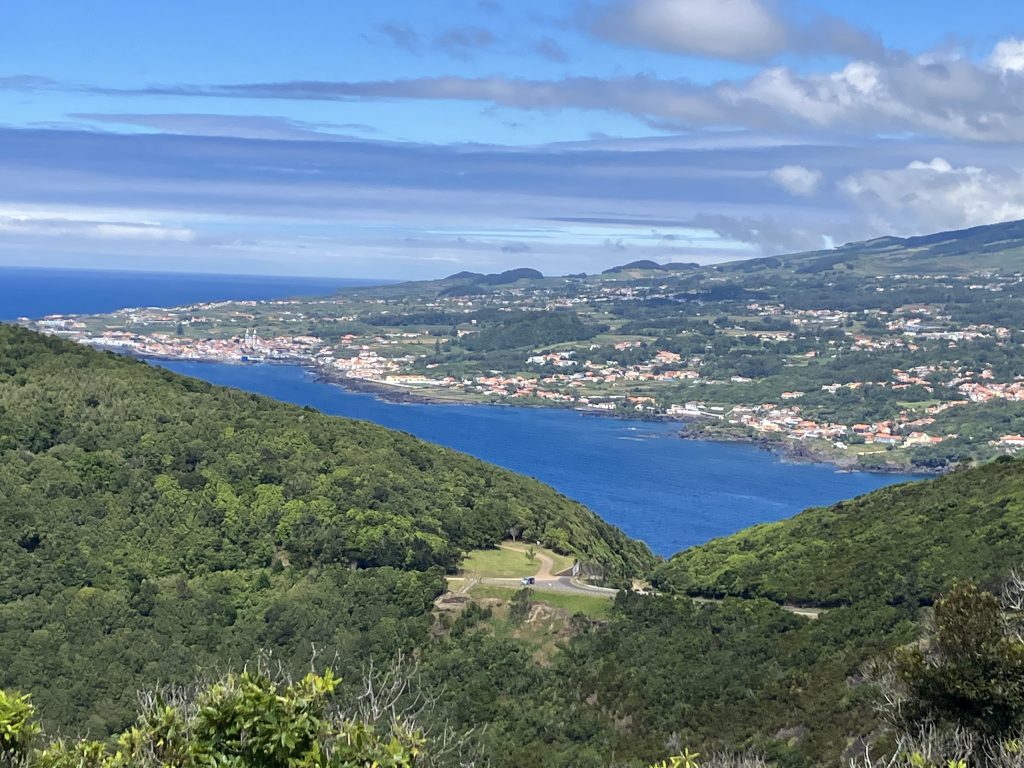
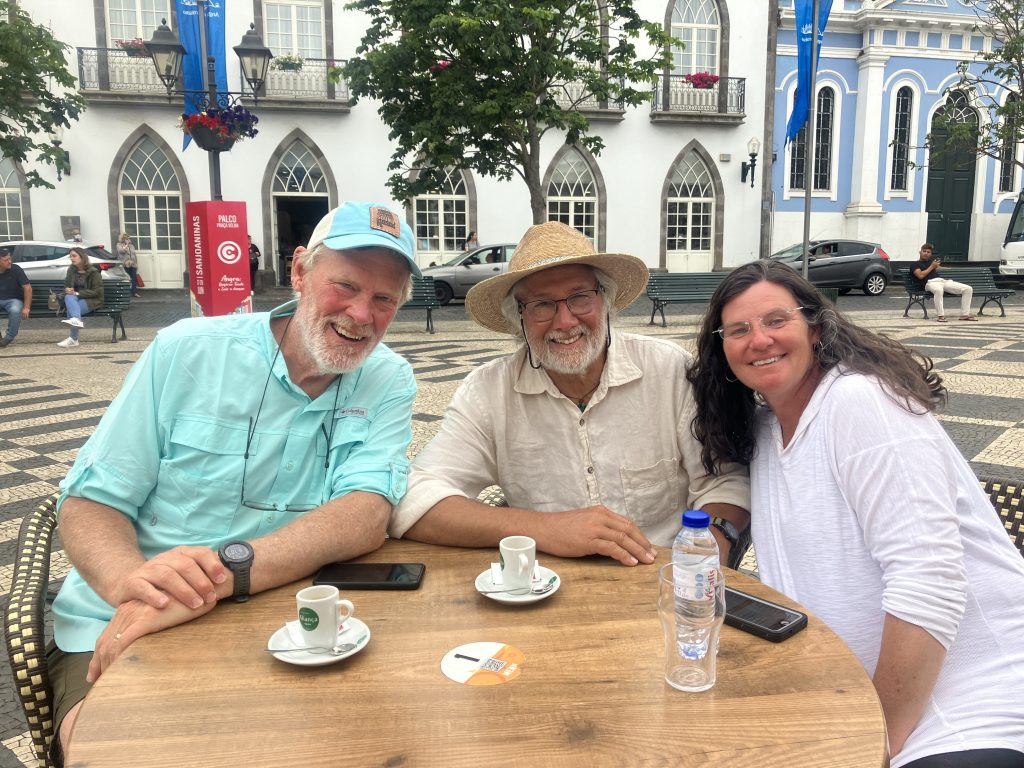
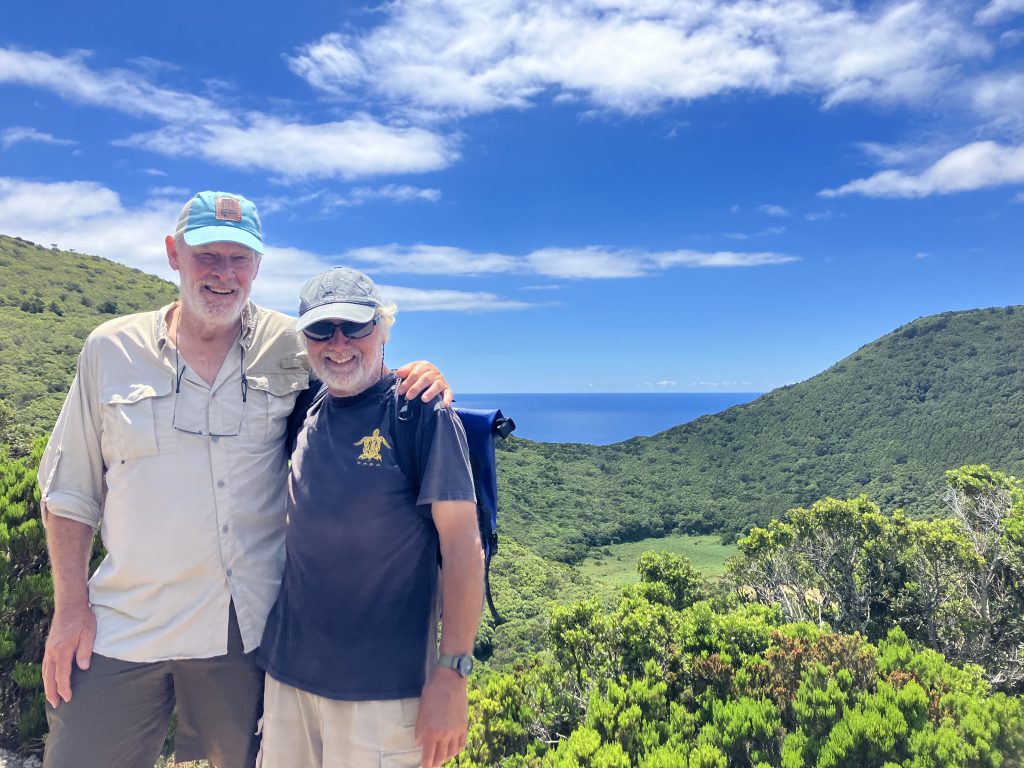
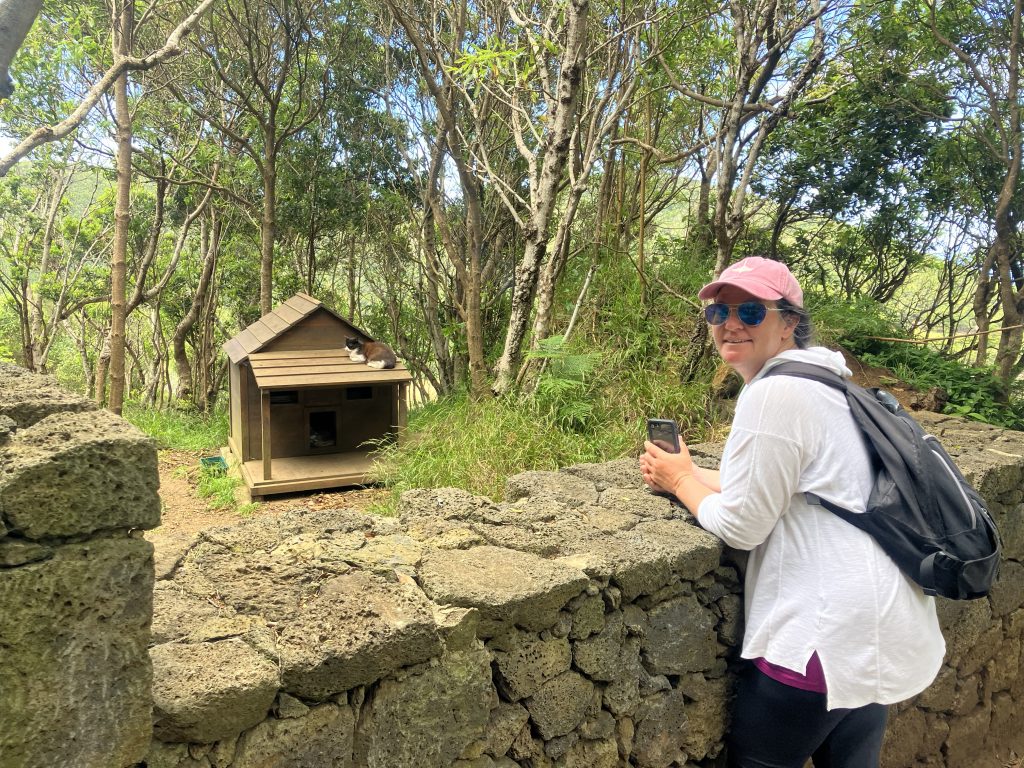
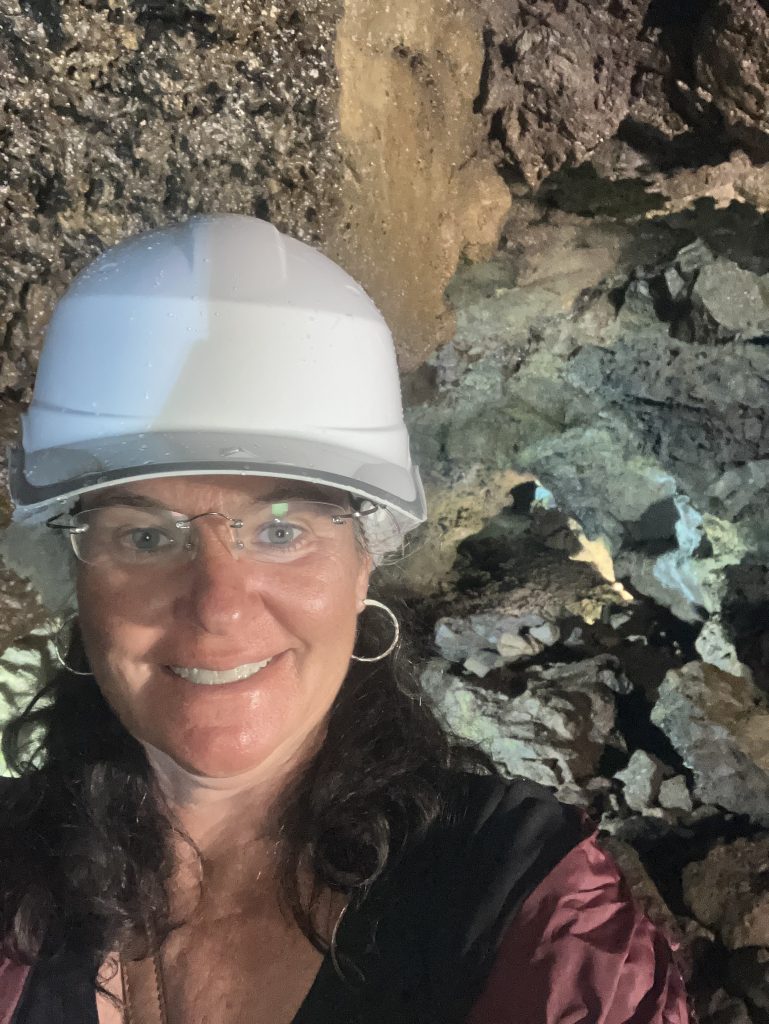
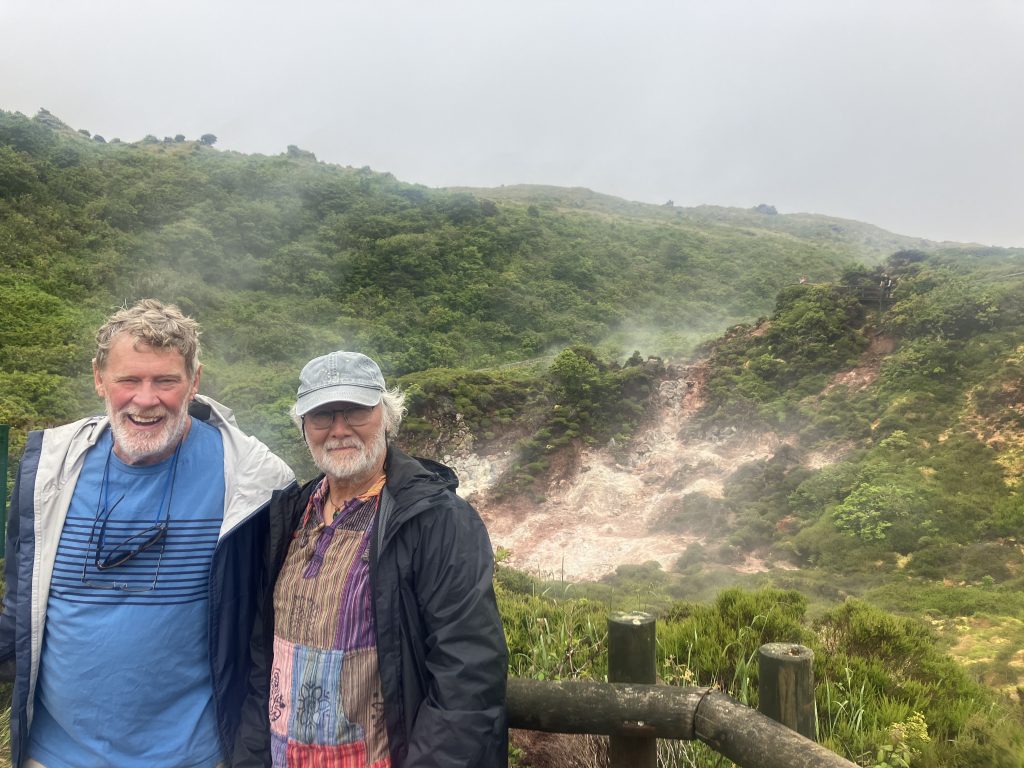
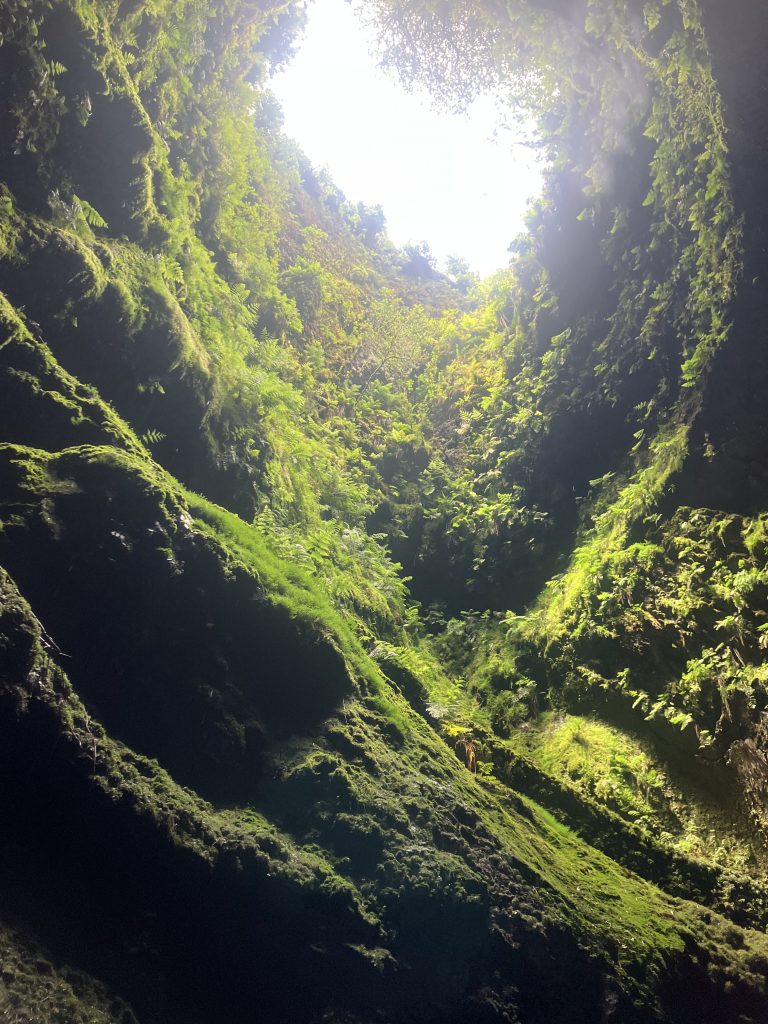
Recent Comments